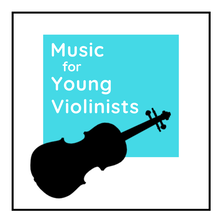Scroll down to the end to enter the giveaway contest.What is a bucket board? In short, a bucket board structures a way to create a culture of kindness by acknowledging those around you with notes of support. I work in a dialysis clinic - and yes, if you are new here, you read that correctly, I am both a nurse and musician (you can learn more about my interesting journey from one to the other here if you are curious). Working in healthcare can get stressful at times because lives are at stake and resources are limited. Our managers decided to install a bucket board to help us acknowledge our co-workers for all their numerous acts of kindness done in the day. A bucket board works like this: A bulletin board is installed in a central location and each staff member gets a little "bucket" (or bag or envelope) with their name on it. Next to the board is a table with paper, pens and funny memes. Co-workers can write notes of gratitude and encouragement to each other and leave the note in the "bucket." Bucket boards are for any group where people come together for a common cause - your violin studio, community center, school, family, place of worship, etc... 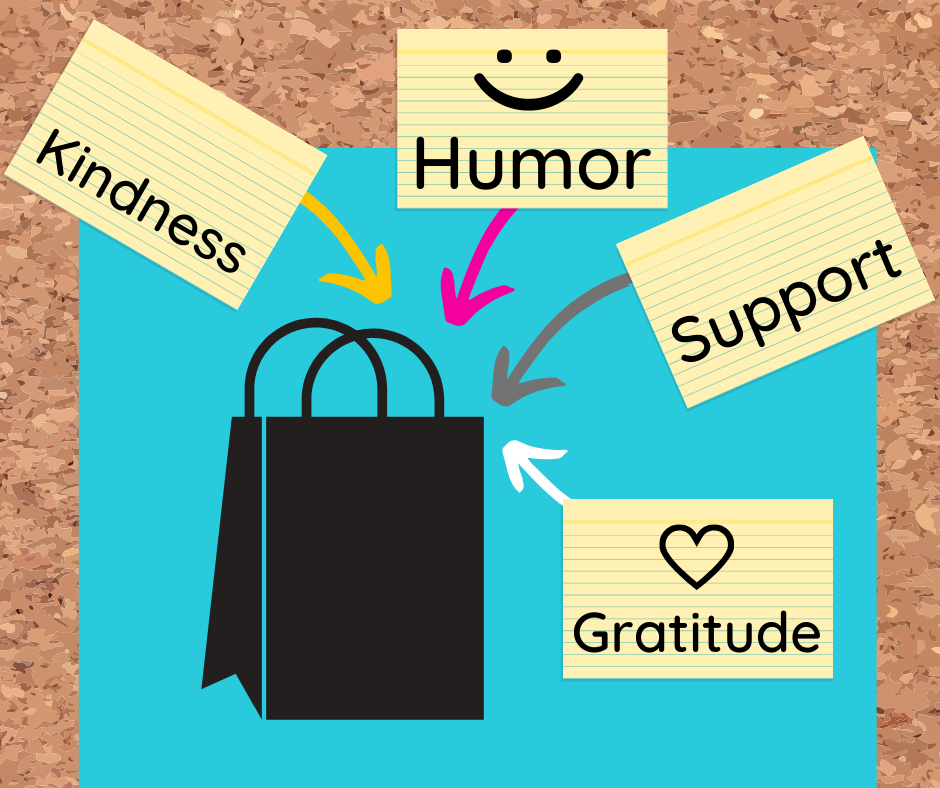 The bucket board concept is part of the bucket fillers movement started in 2006 with a mission to "help all ages grow in kindness, self-control, resilience, and forgiveness, all leading to a happier life. They do this by using the metaphor of a bucket to explain where we keep these positive feelings and experiences." They self-describe their movement as being "a new twist on the Golden Rule." Through their books, presentations, and website, they explain "we all carry an invisible bucket in which we keep our good thoughts and feelings. When our buckets are full, we are happy; when they are empty, we are sad. It’s important to know that we can fill our own bucket and so can others. We can also dip into it." They go on to describe on their website: “Bucket fillers are those who help without being asked, give hugs and compliments, and generally spread their love and good feelings to others. The simple metaphor of a bucket helps even preschoolers understand the importance of consideration and love, particularly towards those who bully. People who “dip” into our bucket often rob us of happy feelings by refusing to help with a task or by saying or doing cruel things." Their website, Bucket Fillers 101 shares 9 different publications, mostly geared towards youth but the themes are universal to all ages. You can learn more about this movement to increase kindness, access free downloads and gain inspiration on their website HERE. Notes of Kindness - Violin & MusicVisit the Music for Young Violinists store to access a collection of violin & music themed notes of kindness to use in your violin teaching studio. No one is immune from the human experience which means that everyone has challenges. A bucket board creates a system to share support with others and uplift them.
Have an idea for spreading kindness? Let us know in the comments below. 5 entries will be chosen at random to receive a $30 M4YV gift certificate. Winners will be chosen on January 31
0 Comments
Are you inspired to start a bucket board for your studio, classroom, home, place of work or community center? This can be done easily and does not necessarily need buckets. The term "bucket board" can be a bit of a misnomer because you can also create this with envelopes, gift bags or any other container that can hold notes of kindness. You can even learn how to make a paper bucket from Bucket Fillers 101. Download FREE bucket fillers on the FREEBIES page and purchase violin themed bucket fillers for $5 at the Music for Young Violinists store. Click on the "Bucket Boards" button below to view my Pinterest board on these:Download the notes of kindness posted below + 6 more designs on the FREEBIES page to help start a bucket board in your violin studio.Visit the M4YV store to access music-violin themed bucket fillers.“A dream without a plan is just a wish.” Dream Trees help you slow down and create the life you want. You can use these beautiful sheets to define your dreams and map them into actionable goals. Plus, many of the designs in the Dream Trees collection are infused with sacred geometry to help your soul remember higher truths. Learn more below. I developed some bad habits in nursing school and yes, you read that correctly and yes you are in the right place. This really is a project about playing/teaching/loving the violin. It’s a long story (click here to get a glimpse) but at the heart of it, I believe we heal through our passions and I hope to merge the world of healthcare with the arts. Before this new career in nursing, I spent 23 years teaching music, performing and composing. Music is still my passion and I work on this project whenever I get some free time to help me stay connected to this love. I don't have all the answers but I believe that music is an essential component of humanity living more peacefully so I have made it my mission to help bring more music into the world. Back to my nursing story, even though I graduated nursing school in June 2019, I immediately plunged into preparing for the national licensing exam (aka the NCLEX), finding a job and then training for this intricate and exciting new job as a dialysis nurse. It's been intense and my health and long term goals took a back seat. I am just starting to get settled from all of these changes and sat down recently with my fancy new Passion Planner and a cup of dark coffee (my favorite). I purchased this particular planner because it comes with goal mapping tools. However, there was one problem, they are not beautiful. I believe beauty connects us to truth and wanted this to be incorporated with my goal setting so I developed the Dream Trees. I know that if you are a musician you have a special type of passion for working on making your dreams come true so I thought these would be perfect to share with this group. Scroll down for examples of how to use Dream Trees. Visit the FREEBIES page to download a sample. View the entire collection on the store. 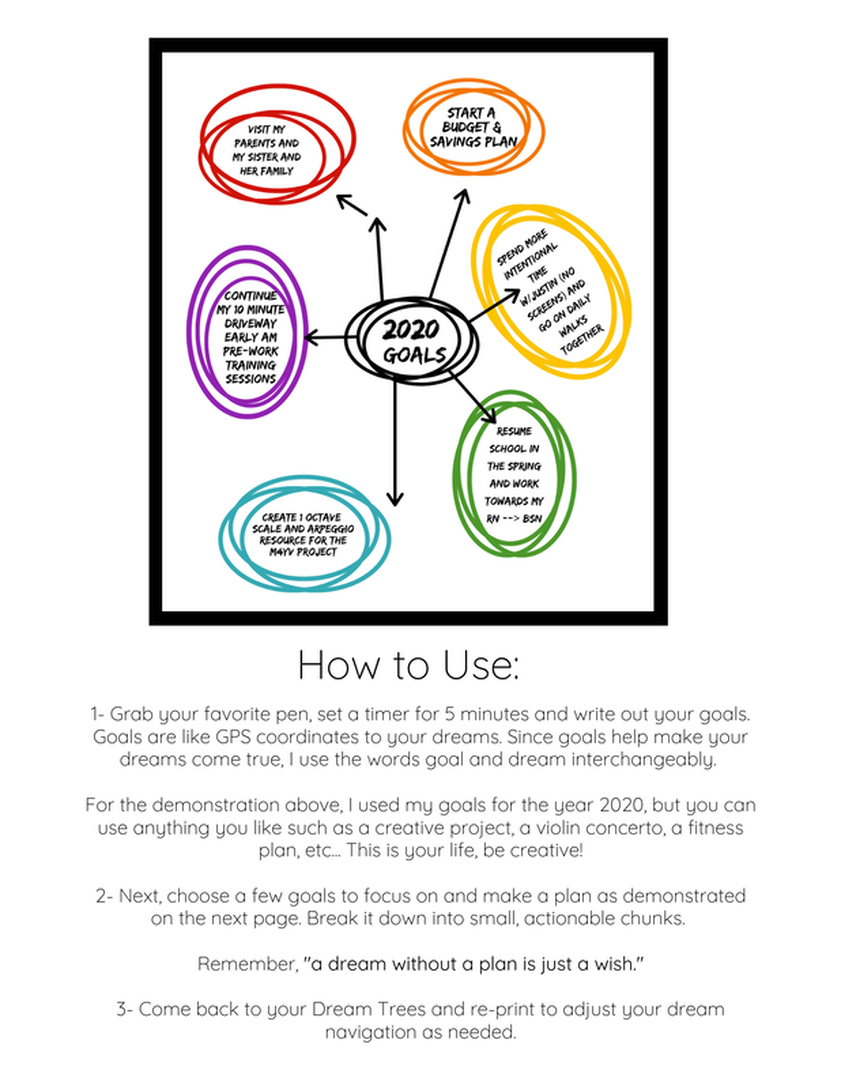 Who doesn't love solving a mystery??? I removed the pitches from 3 popular holiday pieces and left the rhythms for my students to solve the mystery of what pieces these are. These are a really fun way to enforce rhythm reading skills, celebrate the holiday season and keep lessons and group classes fresh with new ways to learn. The 3 pieces are Jingle Bells, Rudolf the Red-Nosed Reindeer & Ode to Joy. Also here on the M4YV FREEBIES page are some complements to the Holiday Joy! collections for Violin and Viola. First is Ding, Dong Merrily on High. I love this piece and forgot to put this melody only version into the newly revised Holiday Joy! sheet music collection. My mistake is your gain because it is now offered here for everyone on the FREEBIES page.
Next is a contemporary arrangement of The First Noel for 3 Violins. When I revised the holiday & Christmas music collection, I wavered about putting this trio arrangement of the First Noel in it. I enjoy the higher range expressed in the top line and a slightly modern interpretation of the harmony, but it does not fit with the rest of the arrangements in the collection. I decided to keep it and offer it here and get your feedback - feel free to let me know how this works for you (here is my email address). A version of just The First Noel melody is available in the Holiday Joy! collection. Ode to Joy for VIOLA and VIOLIN (D Major) are the newest FREEBIES from Music for Young Violinists. Spread some "JOY" to others and re-post this, email your studio or pin to Pinterest! There is some new music here at M4YV and to celebrate the first viola collection (yes you read that correctly - VIOLA) I added this all-time favorite tune here on the FREEBIES page to literally "spread the joy." Ode to Joy is now featured in 3 different M4YV collections:
Good news if you are clicking on this today (May 3-5, 2019) because I always celebrate new music with flash sales. You can get all three collections together as a bundle (click here) for $20 (normally $30) or the viola collection for $5 (normally $18). Someone asked me recently what brought me joy. After 2 weeks (seriously, I had to really think about this), I found my answers:
I thought more deeply about joy, and it's role in our lives last summer when both ends of the joy spectrum weaved thru my life. Read more about that here. What brings you joy?
Please share in the comments below, thanks! Nervous before your performance? Say the alphabet backward in your mind to help regain a sense of calm. Scroll down to learn the limitations of this trick (and how to work around this) and watch a short video explaining why this works. Basically, without using what I call the "$100 fancy medical-science words" (which I feel qualified to joke about after going to nursing school), we can explain our brain like a bunch of networks or pathways, if you will. I like to visualize these pathways as being similar to spaghetti. When the brain is calm, all the spaghetti line up in a row and are organized. When the mind is anxious (like before a violin recital), the brain pathways get scrambled up like a plate of cooked noodles. Here are my visuals: This is why it is important to plan at least one relaxing activity for yourself (or your violin students) before giving a recital. I make this a part of the lesson, and the student declares what they want to do that will relax them, and I stress to the parent how important this is to the success of the student performing. Next, it helps to have a few tricks to calm performance nerves immediately before a performance which is where the backward alphabet comes in. I have even done this as a group activity with all students together before we start our recital, and it's fun, gets the mind free from mustering up fears about the performance and calms the performer down. However, the problem with this trick is that once the brain learns the pattern of a backward alphabet, this trick no longer works. Fear not; any word, name or phrase will work for this performance anxiety-relieving tip. Below are some other words backward to demonstrate: Have a tip to help relieve performance anxiety?
Please share in the comments below. Thanks! Sometimes all it takes to freshen up your practice routine is a new practice chart. You can use these to help support goals and either mark on with a pen/pencil/crayon/marker or use a sticker.
Hello & Happy Spring. This blog post is an update from yours truly, Heather. First, if you are new to the Music for Young Violinists project welcome! Even though we may never meet in person, it thrills me to connect with our shared love of music and all things violin. I would much rather play duets together than type words on the screen, but you may live halfway around the world, so this is impractical. The next best thing I can do is introduce myself thru a short video HERE (and if you want to meet my amazing Great Dane, here is another short video). Next, I am starting a new series called FREEBIE Fridays and, it is precisely what it sounds like - a new free download (aka freebie) will be posted on the Music for Young Violinists FREEBIES Page every Friday. I have already started working on this and will do this for at minimum the month of April. The first installment is One Octave C Major Scale & Arpeggio in LARGE Print format. I feel I owe you all an apology for such a long absence from reaching out. For those of you who don't know, in addition to my experience as a violinist, educator, and composer, I am also in my second year of nursing school. It's a bit of a long story about how I got here, but the end goal is to combine the arts with healing. I started a series this winter about practicing. I believe it is essential for us to devote some contemplation and energy to this component of music making because it is what defines a positive and successful outcome (however, sometimes we as teachers or students just expect it to magically fall into place and become an effortless part of our daily routines). Due to some of the challenges of my nursing school course work and exams, I had to put this series on hold and therefore only finished three of the six installments. I am eager to share the remaining few in the next season while I also share some fun new FREEBIES. In other Music for Young Violinists news, I have been working with great zeal and enthusiasm on editing ten of the twenty M4YV collections. Most changes are aesthetic (many covers are getting a makeover) but there have been a few minor compositional changes and some additions of extra pieces that complement some of the collections. I will be hosting some FLASH SALES (24-48 hours) in the near future to celebrate these new versions so if you are interested in some new pieces to brighten up your music collection, keep your eyes peeled on your inbox and the Facebook page. Thanks and happy music making! Heather It's Time for Holiday Music! Free Jingle Bells Duet for 2 Violins Hello and warm wishes to all of you this holiday season. I hope that music is a part of what helps you express your love and connection during the holidays.
There is no shortage of ways or places to celebrate your love of music with the world and here are four ideas: 1- Learn Jingle Bell Rock by ear with this slow tutorial video. 2- Download a FREE Jingle Bells duet (it's a pretty fun arrangement with my favorite thing in the world - double stops!) 3- Get even more heart filling holiday & Christmas music with the 50% off sale on the Holiday Joy! collection. 4- For the youngest musicians, click here to learn a neat little trick to make the instrument more festive. Learn how to choose the best violin possible by inspecting the craftsmanship of the instrument and feel confident in knowing what to ask the seller with this 14 part tutorial and checklist that includes a free PDF checklist to download and take with when viewing instruments and an accompanying video tutorial. This is part 2 of 2 from the How to Buy a Used Violin series. The first part shares 9 guidelines to help take the confusion out of the process of purchasing a used instrument. The second part focuses solely on what to look for when inspecting the craftsmanship of a used violin. Click HERE to view Part 1: 9 Guidelines for Buying a Used Violin (+ video and free PDF download). When purchasing any violin and especially a used violin, it is important to do a thorough inspection of the craftsmanship of the violin, bow and violin case before buying. Any repair or necessary upgrades such as new strings, bow hair or violin case will increase your investment and should be budgeted for. Below is a checklist of what to review when inspecting a used violin. I recommend downloading the accompanying PDF to bring with you when viewing instruments and viewing the accompanying tutorial video to see demonstrations. 1 - Are the seams glued shut? Visually inspect and gently tap around the outside of the instrument to hear a change in the acoustics where seams have come unglued. 2- Are there any cracks? Do the cracks stop at the purfling or extend all the way to the edge? Cracks that stop at the purfling are normal in older instruments and repairable if done in a timely manner. 3- Is the purfling inlaid or painted on? Actual inlaid purfling protects the instrument and indicates a higher quality construction. Purfling that is painted on is solely decorative, does not protect the instrument and usually indicates a lesser quality instrument. 4- Is the bridge too high and/or not properly fitted to the instrument? You will know it is too high if it hurts your fingers to play. This is an easy and economical fix that a local violin shop can accomplish. To see if the bridge is properly fitted to the face of the instrument visually inspect for a solid fitting between the feet of the bridge and face of the violin. You can test this by taking a piece of paper to the edges of the feet of the bridge to see if you can slip it underneath. 5- Is the sound post in the correct location? The sound post is the dowel located vertically inside the violin and is held in place by the tension of the top and bottom plates of the violin. Sound posts are significant because they transfer tone via the vibrations made when the bow contacts the string. Sound posts are so important in creating the beauty of sound in a violin that they are sometimes referred to as the “âme,” a French word meaning soul or “anima,” the Italian word for soul. Sound posts need to be in a highly specific location in order for the instrument to produce an optimal sound. Sometimes a simple adjustment of the sound post makes a world of difference in the sound of a violin. It is worth playing around with this variable on an instrument that is catching your interest but just seems to be a little off in reaching its potential. 6- Do the pegs move easily and hold their grip? Ideally, pegs are easy to move and properly fitted to the holes in the pegbox which allows for ease of tuning and maintenance of pitch. 7- Is the bow stick warped? When the hair on the bow has been lost more on one side than the other then the bow will start to warp. Sometimes all that is needed to address this issue is a new bow rehair. However, if the bow has been left in this position for too long then the stick will have permanently been warped out of place and requires recambering. 8- Is there enough hair on the bow? Bows lose hair on a regular basis, this is normal and easily addressed with getting the bow rehaired. 9- Is the hair on the bow dirty? At the frog of the bow it is normal for approximately an inch of dirt to build upon the bow hair as a natural result of correct playing technique. However, often times hair has been touched throughout the length of the bow which results in slippery spots and compromises the tone. If this is the case then bow hair can either be cleaned or replaced. 10- Does the violin need new strings? New strings are essential in evaluating the potential of an instrument. Old strings create a dull sound and are not able to maintain the center of the pitch. The quality of strings will also make a difference and in my opinion, some of the least expensive strings will compromise the quality of an instrument and should be avoided unless it is the only option available to your situation. 11- Is the chinrest adequate for your playing needs or will it need to be replaced? The chinrest should help a player make the instrument feel ergonomic and facilitate natural playing. If you like the instrument overall but it feels uncomfortable know that there are dozens of different styles of chinrests and even some custom fitted options to help facilitate your unique playing needs. 12- Does the violin come with a case? Not every violin includes the case so do not assume this will be added into your purchase. If the instrument does include a case check if the case closes securely, is weatherproof and truly protects the instrument. Additional Questions to Ask the Seller: 13- Does the instrument come with any accessories like a shoulder pad, music stand or sheet music materials? It never hurts to ask if extra things are included in your purchase. 14- Who is the maker of the violin, what model is it and when was it made? The label on the inside of the instrument (visible by looking inside the “F” holes) will list this information. You need to know that makers have several tiers of instruments ranging from lower to higher quality models. In other words, just knowing the maker is not enough and you will also need to research what levels of violins that particular maker creates. Click on the image below to download this checklist.
Happy Holidays! If I had a magic wand and could give all of you the gift that I really want to share with everyone reading this, it would be an event that drew us together into a *giant play along of holiday music with plenty of time scheduled for getting to know each other and eat cookies.
How exciting would that be? That is currently impossible for me to organize, BUT, I can share some of the most favorite tunes from the holiday season with you so that you can play music and of course, eat cookies. Please enjoy some free downloads of Jingle Bells sheet music arranged for violin: a duet version and a LARGE print with fingerings for beginners version. These are currently posted on my FREEBIES page. There is no shortage of ways to be musical and connect with this great joy that we share:
So, please head on over to the M4YV FREEBIES page to download a Jingle Bells duet from the Holiday JOY! collection. I made a slight change in this from the original publication so you may want to download again if you received the original arrangement 2 + years ago. I created this duet for my studio and it is designed to have a majority of players play the melody so the accompaniment part may sound a little overpowering with just 2 players. Also on the FREEBIES page is a LARGE print version of Jingle Bells for beginners. This is featured in the LARGE Print Music for Beginning Violin collection. An enlarged format is perfect for any musician who is new to reading music since it makes it much more accessible. BONUS - Both of these collections are on sale at 50% off thru the end of the month. Happy music making and thank you for your support! Heather
"The sound of over 4,000 violinists playing together in harmony was like nothing I've ever experienced, and it was made all the more amazing to think that the last time anyone heard a sound like that was over 80 years ago, when the last record was set in at the Royal Albert Hall in London in 1925." Do you know what finger patterns are? If you have not started finger patterns yet, then today is the day! It will take you about 4 minutes to learn the finger patterns and then 1 minute/day to practice. You will benefit immensely from mastering finger patterns and they will help you build technique, make music theory applicable to violin playing and aid you in learning your repertoire faster. Keep scrolling to learn more. The best way to learn finger patterns without an instructor is thru either a chart or a tutorial video (like the ones below) . I like to teach them in the sequence displayed below and include the less common finger patterns of 1-2-3 and 2-3-4 together as well as all fingers together (half steps) and all fingers apart (whole steps). Once you have these mastered, the next step is to start applying them to your music. Now that you are thinking in terms of half-steps and whole-steps, mark these into your music so the concept starts to click. After a while of using finger patterns, you will notice you learn pieces faster and have improved intonation. Did you catch the fun pop reference? Here are some hints: The sci-fi TV show and movies Star Trek & character Spock Have a violin finger pattern tip?
Please let us know in the comments below, thanks! For the Winter/Spring 2017 free *seasonal download (available here thru June 2017) I decided to do a small collection of folk tunes. After years of being immersed in complex compositions by composers such as J.S. Bach, D. Shostakovich and C. Debussy what captures my attention now is the simplicity of folk music. I don't know why I like these so much - is it because I value simplicity in all areas of my life? I have also speculated that after doing music for so long (37 years) at this point even the most complex sounding compositions always have simple formulas behind them and I like the puzzle of trying to de-code what this simplicity is.
Probably the most unique tunes in this collection are the Icelandic folk songs. I had the opportunity to teach in Iceland one summer and loved that their folk music and children's songs were in mixed meter. This was so different than my early musical exposure and even inspired me to write a piece called Reykjavik Shines for String Quartet in 3 Movements. If mixed meter music thrills you as much as it does me then feel free to view the score of this really quartet by clicking HERE. WHY ARE THE COUNTRIES SO LIMITED IN THIS PACKET? Maybe you wondered why I did not include more diversity in the pieces in this collection. I really wanted to and even began drafting some other tunes but the limiting logistics of time and energy were a factor. Also, certain traditions of music do not translate easily. For example, my favorite thing to do in my free time is capoeira which is a Brazilian martial art that combines music and movement. I know dozens and dozens of songs from this portion of my life but struggled to find ways of transcribing them for this little collection of folk music - maybe in the future? WOULD YOU LIKE TO ADD SOMETHING? If you have a PDF of a folk tune that is not copyrighted and would like to post it on the FREEBIES page here at Music for Young Violinists please send me an email. Sharing is fun :) * This is the 2nd to last free seasonal download I will do. The final one will be published in Spring 2017. I would be so grateful if you passed this good news on to your friends while this opportunity exists - thanks in advance! (in the Keys of A, D & G Major)
I have a young student who plays with a passionate and focused tone and is very devoted in her practicing. She is progressing beautifully but after many years of lessons she still struggles to execute down and up bows correctly. Doing review pieces to fix this issue is counter-productive since she has ingrained incorrect bowing patterns into her old repertoire. Doing the same scale 20x/day would help but does not create a compelling assignment and she would likely zone out and resume playing incorrect bowings.
In an attempt to help her master down and up bows, I created the 7 Bowing Studies for Beginning Level Violin in the Keys of A,D & G Major. Since the focus of these studies is bowing they are kept to one octave and done 3 times in keys with parallel finger patterns (A, D & G Major) for ample repetition of the bow strokes and to keep the left hand as simple as possible. These exercises can be used in two ways: 1- Individually to help with a specific technique needed in repertoire. 2- As a series for students who need more support organizing their down and up bows. Features of this resource include:
Head on over to the FREEBIES page here on Music for Young Violinists to download these sweet coloring pages that playfully illustrate a duet, trio and quartet. Coloring sheets are fantastic for keeping in your studio and at group classes for your youngest musicians when they need a break.
The FREEBIES page is always rotating in new material so please check back often. |
Categories
All
Archives
February 2024
AuthorHi! It's me, Heather. I absolutely love working on the Music for Young Violinists project and all the many facets: blogging, website, music, teaching materials, freebies, videos, newsletter and giveaway contests. The best part is connecting with you so feel free to drop me a line. You can learn more about me on the "ABOUT" page. Thanks! |
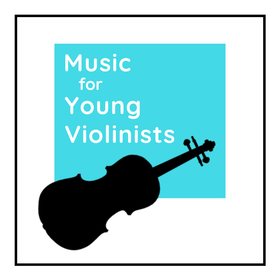
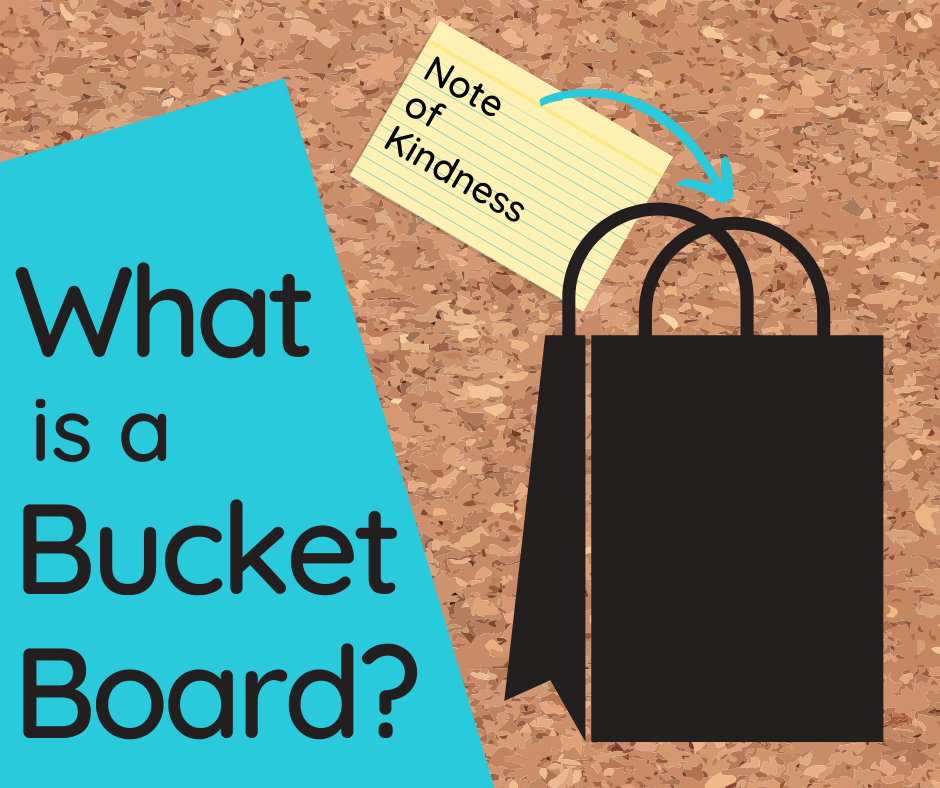
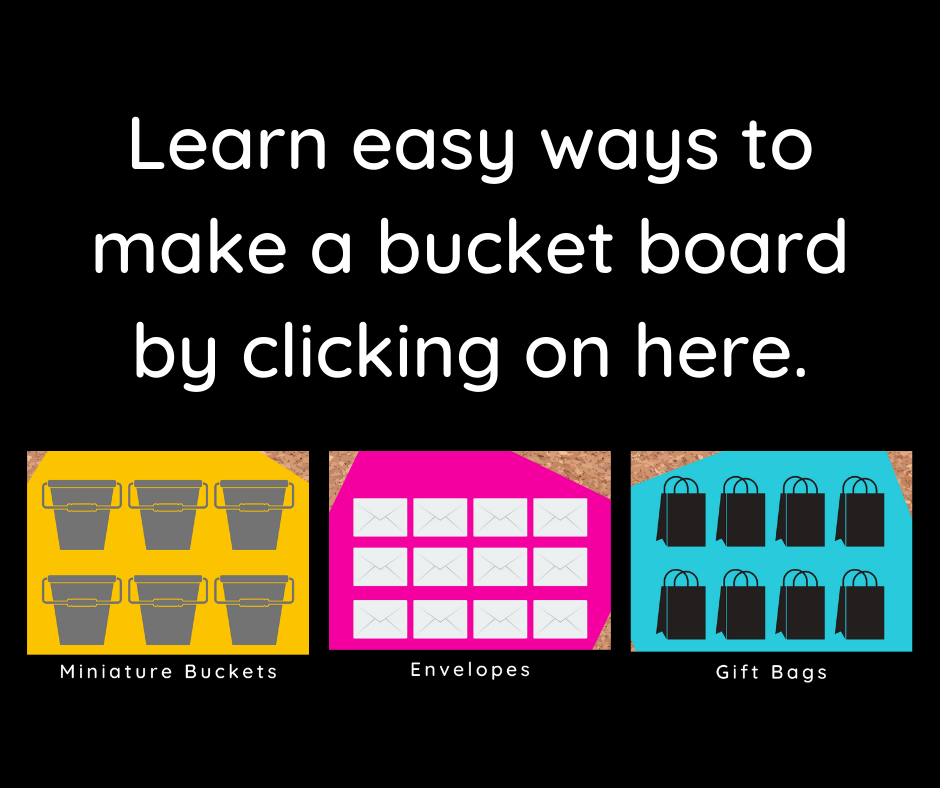
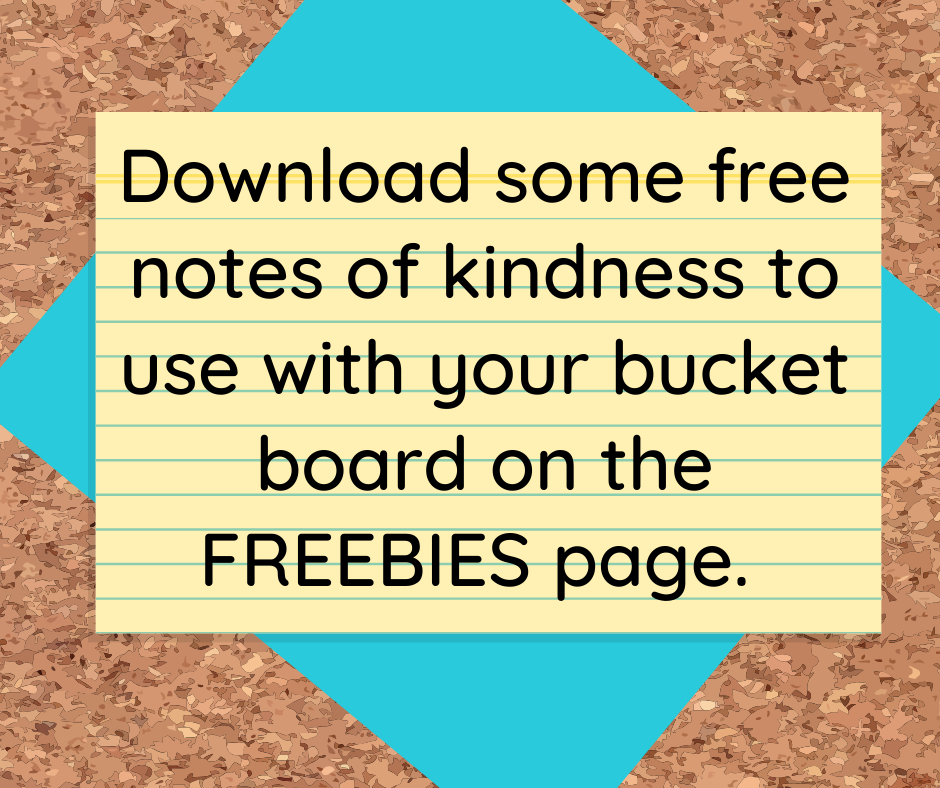
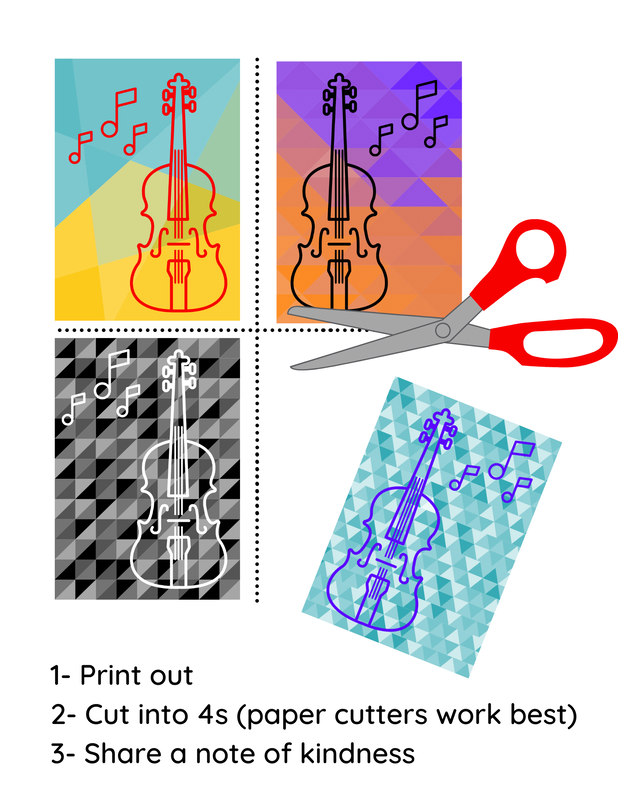
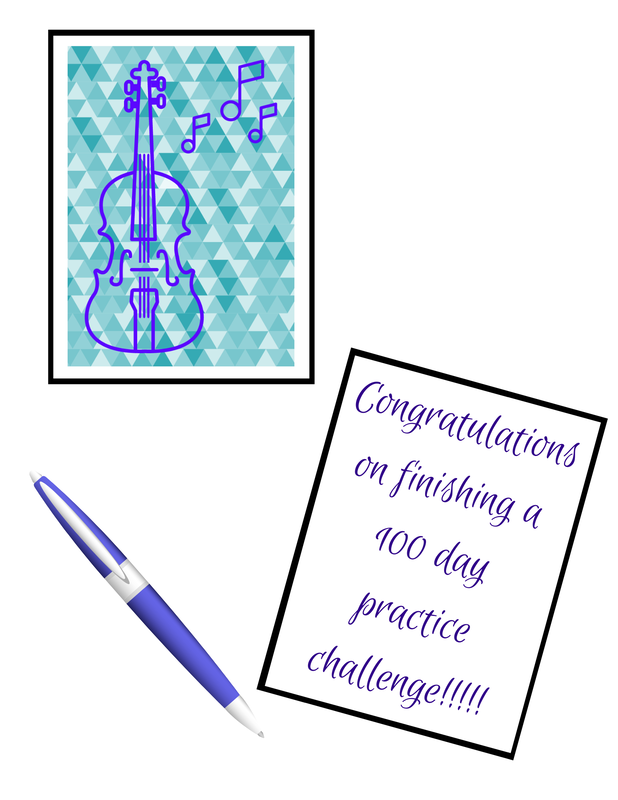
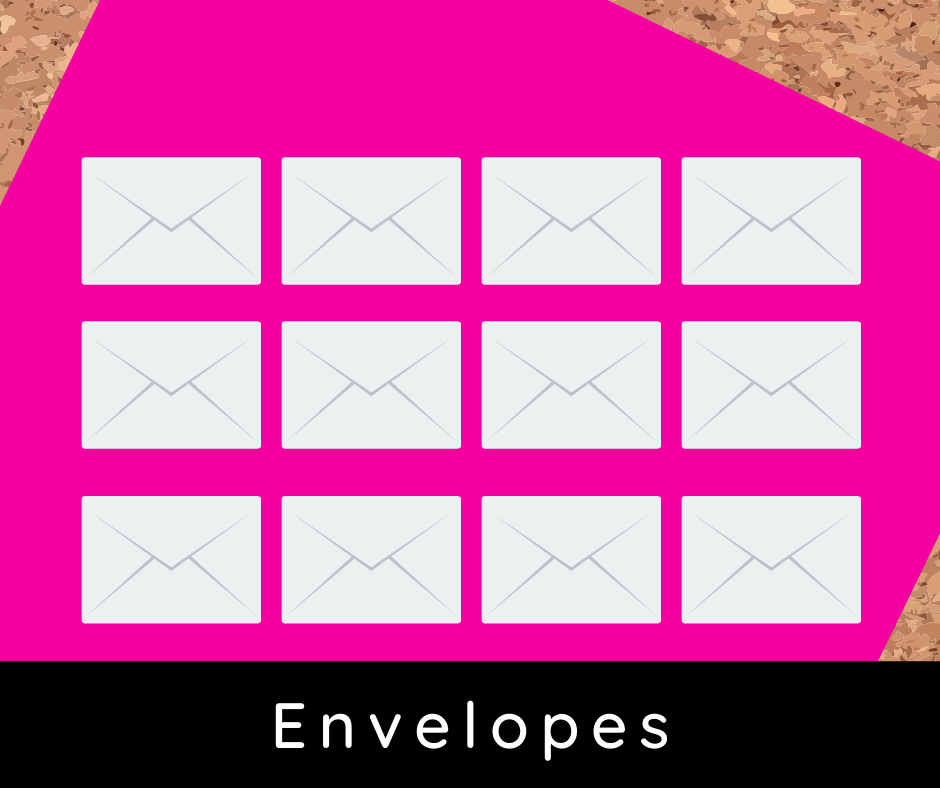
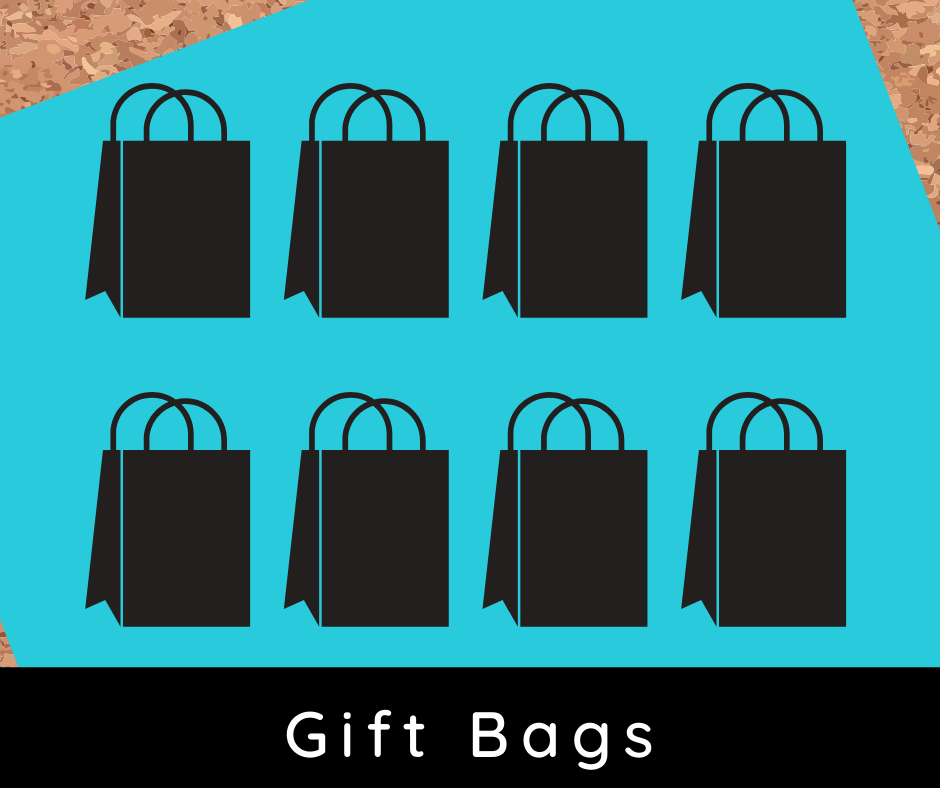
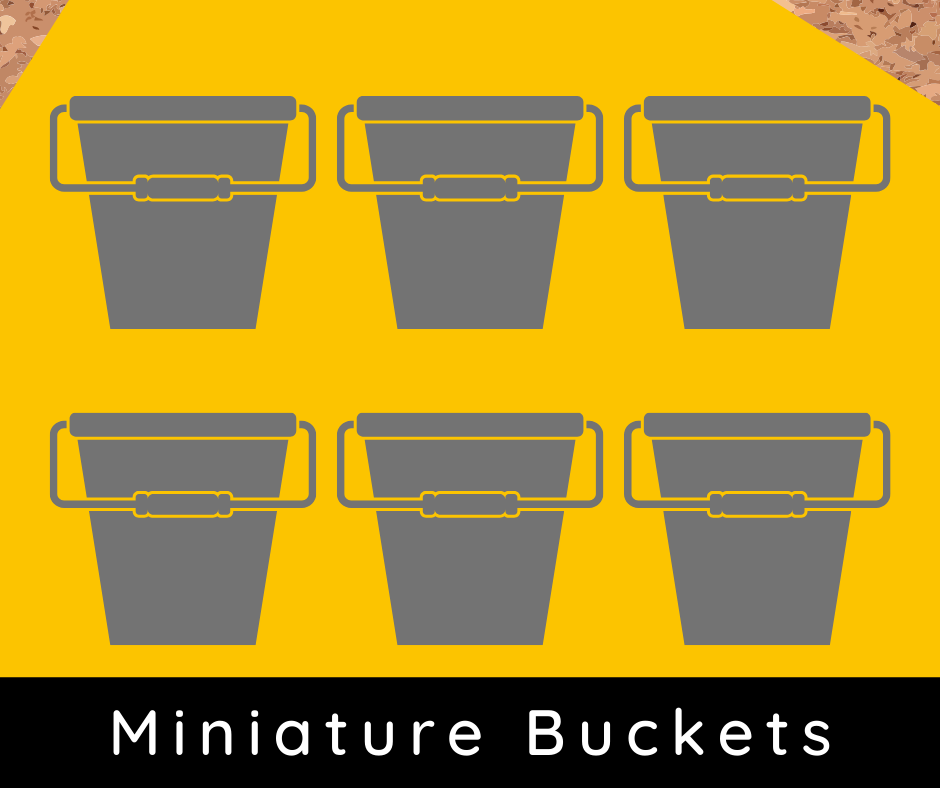
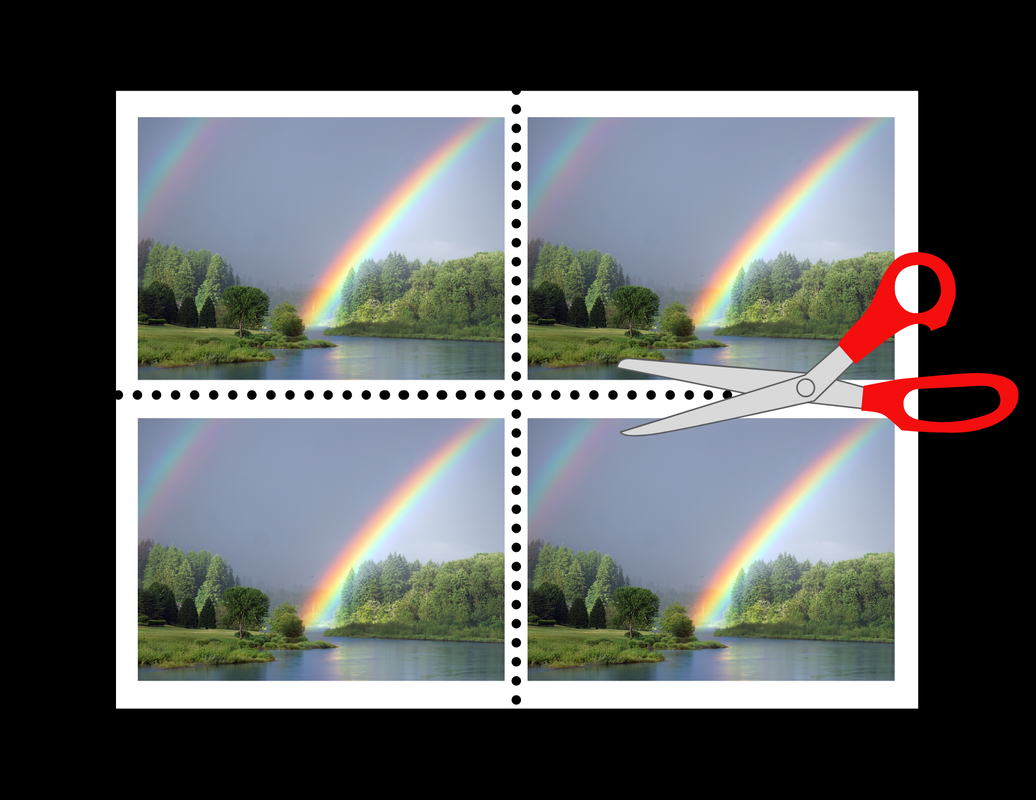
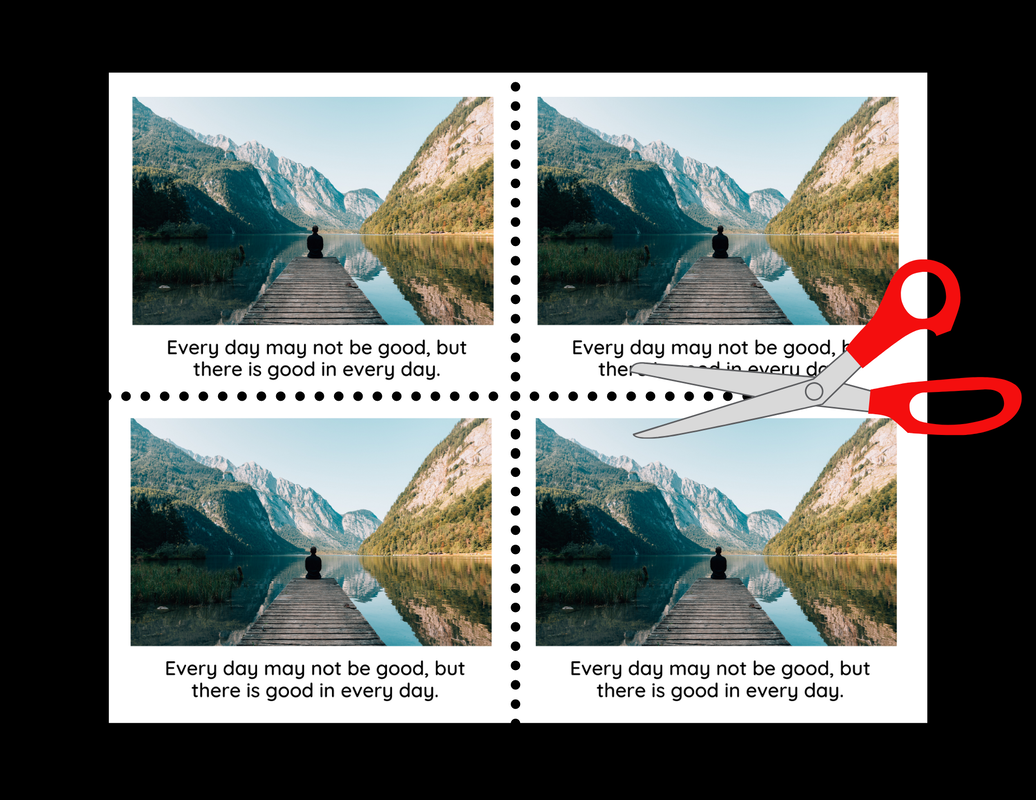
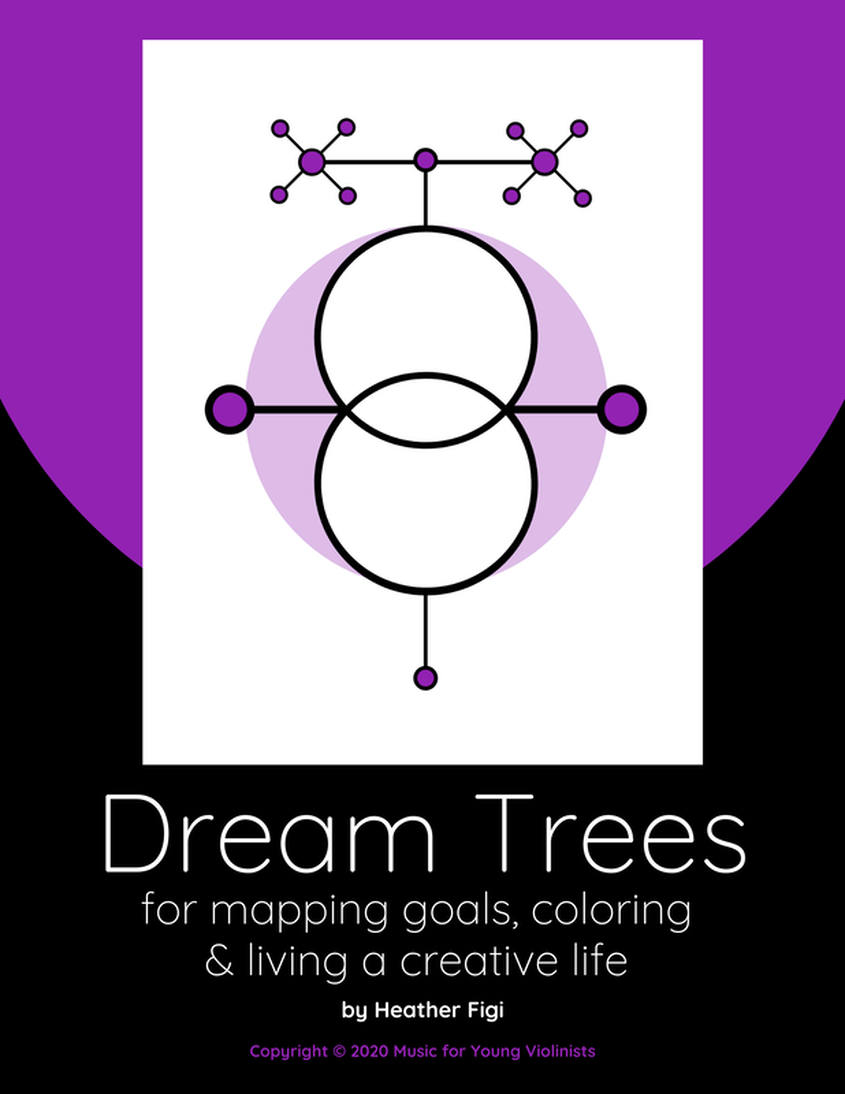
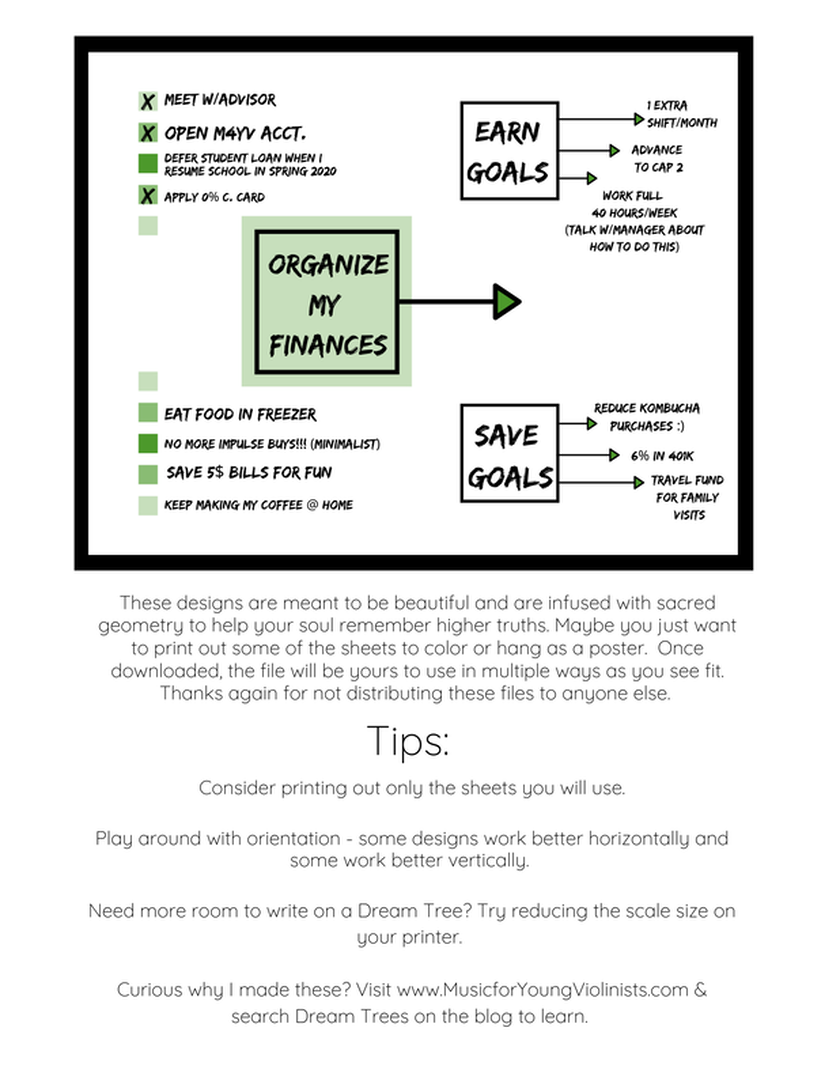
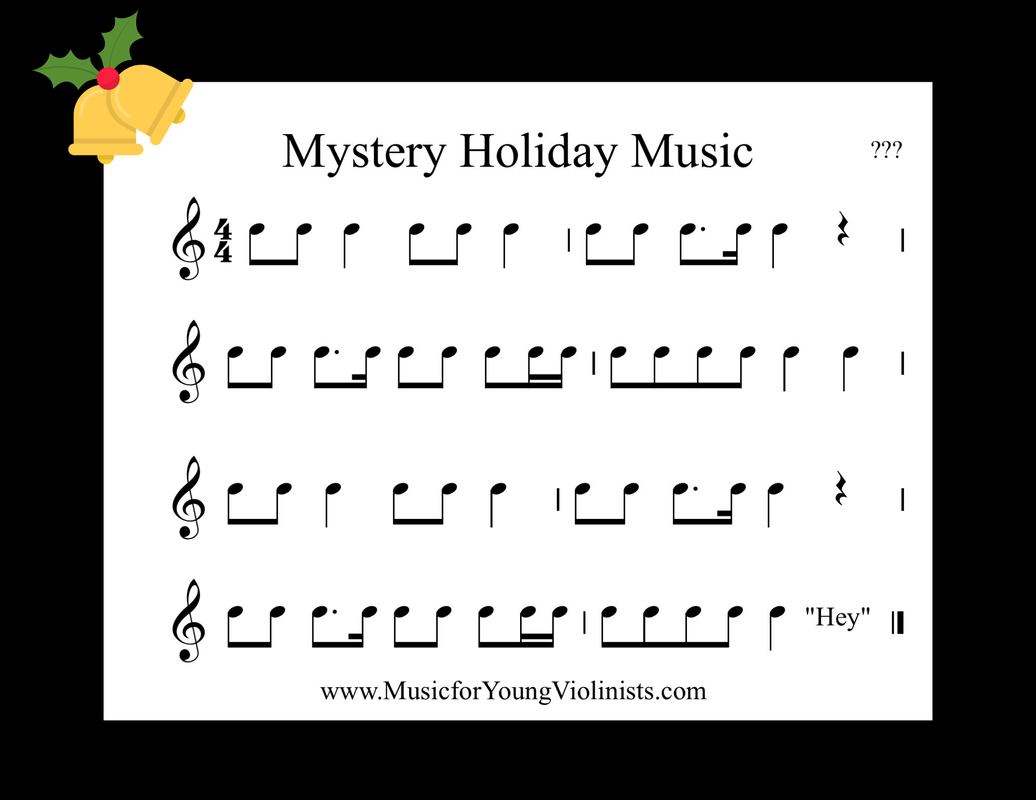
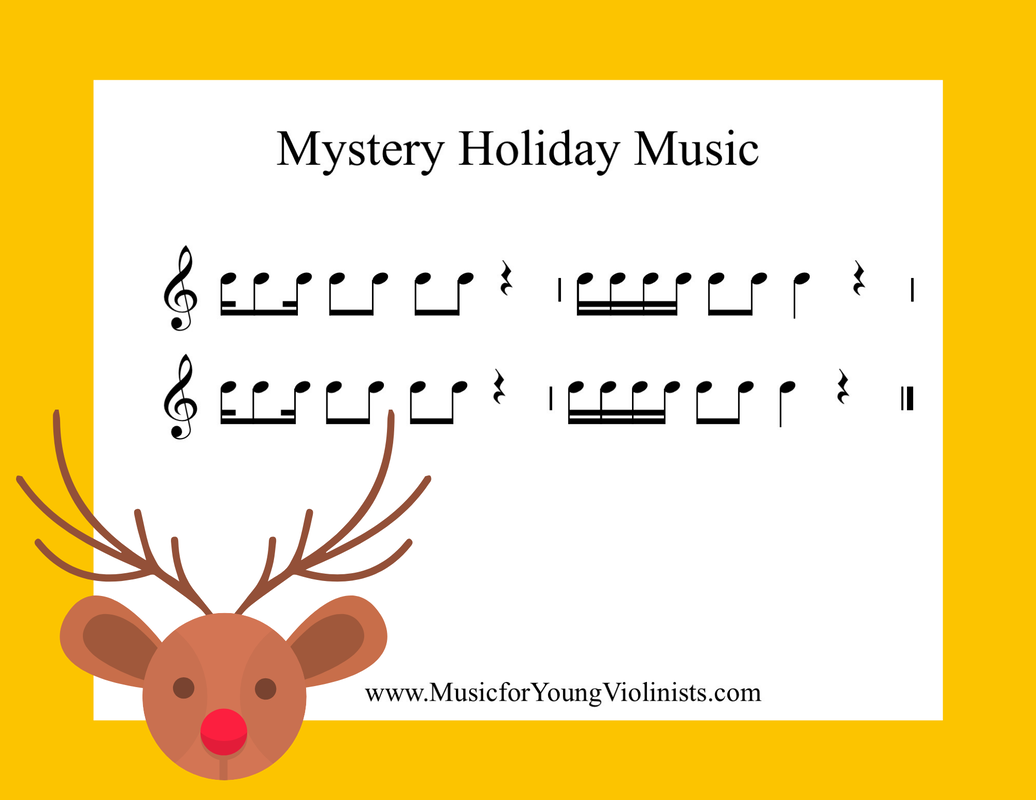
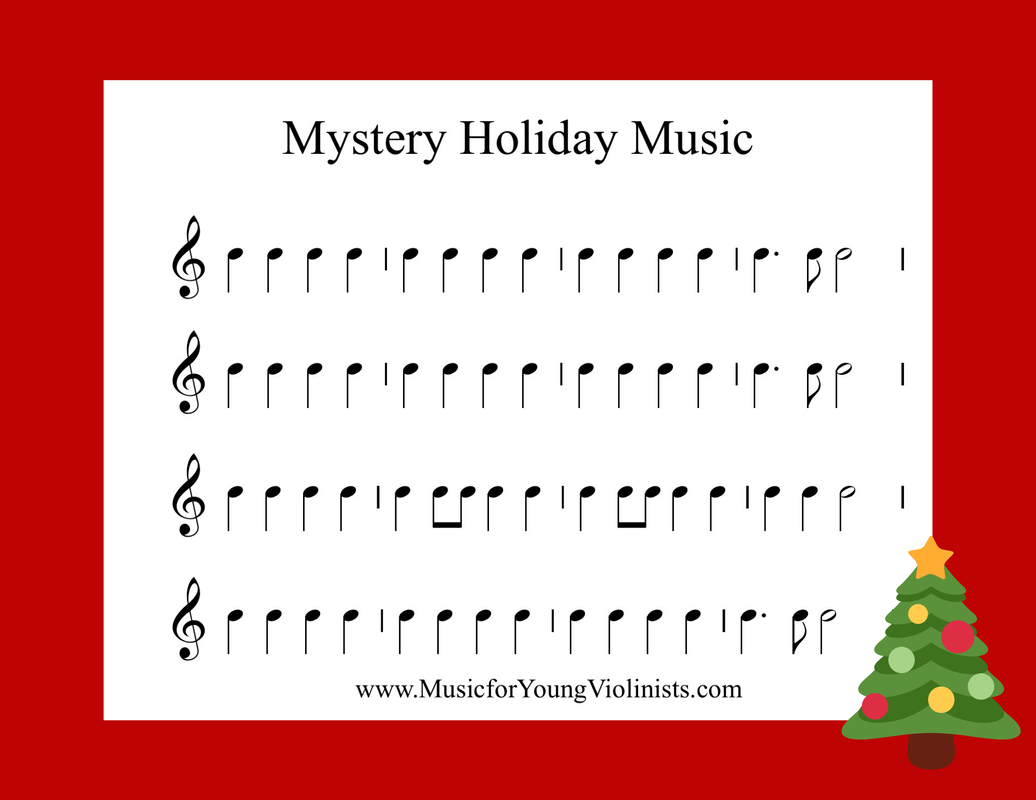
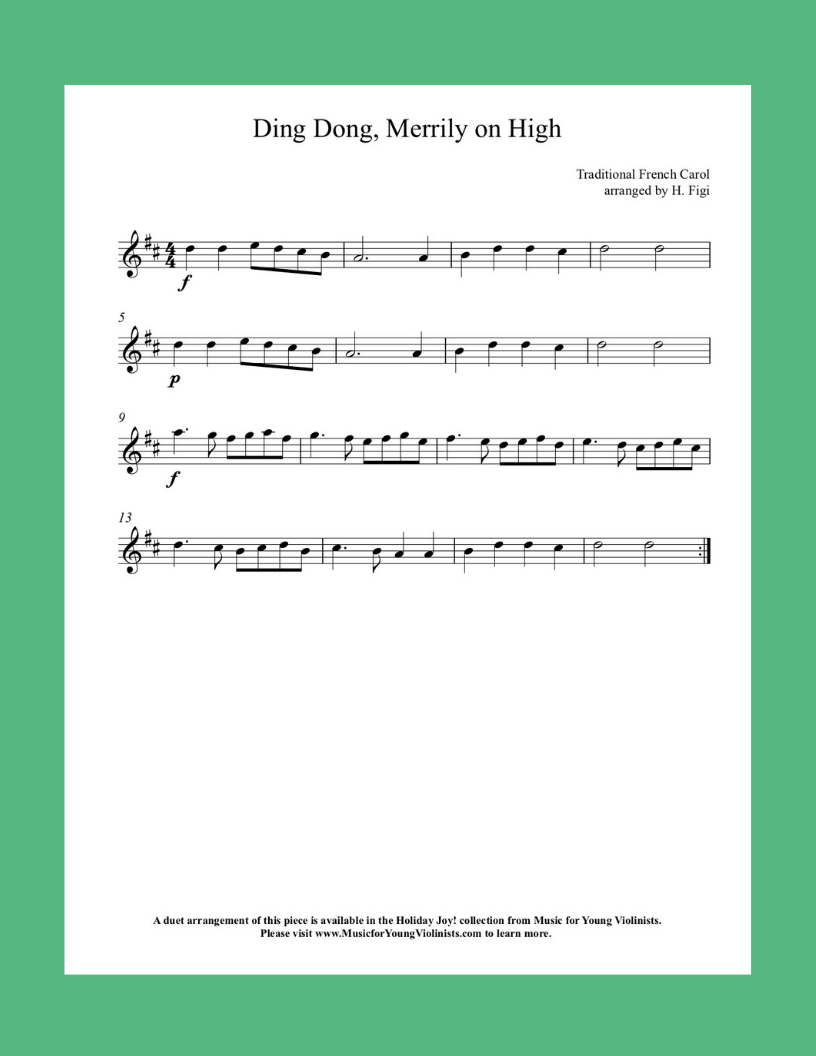
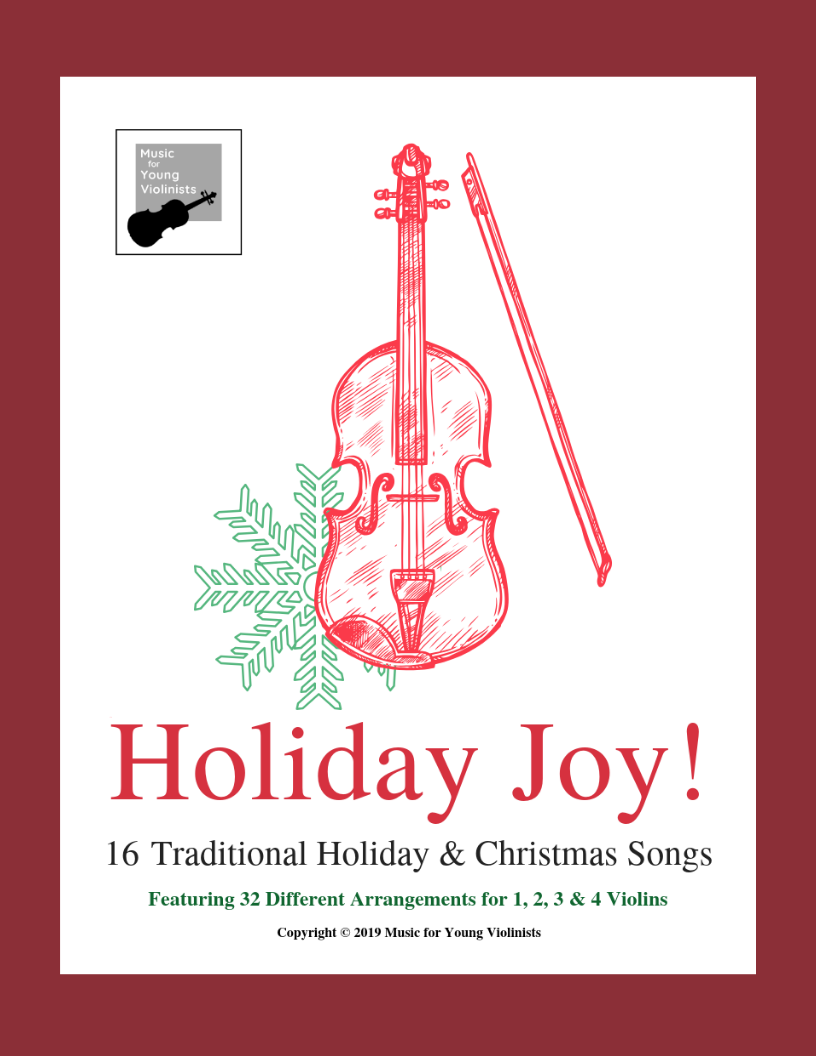
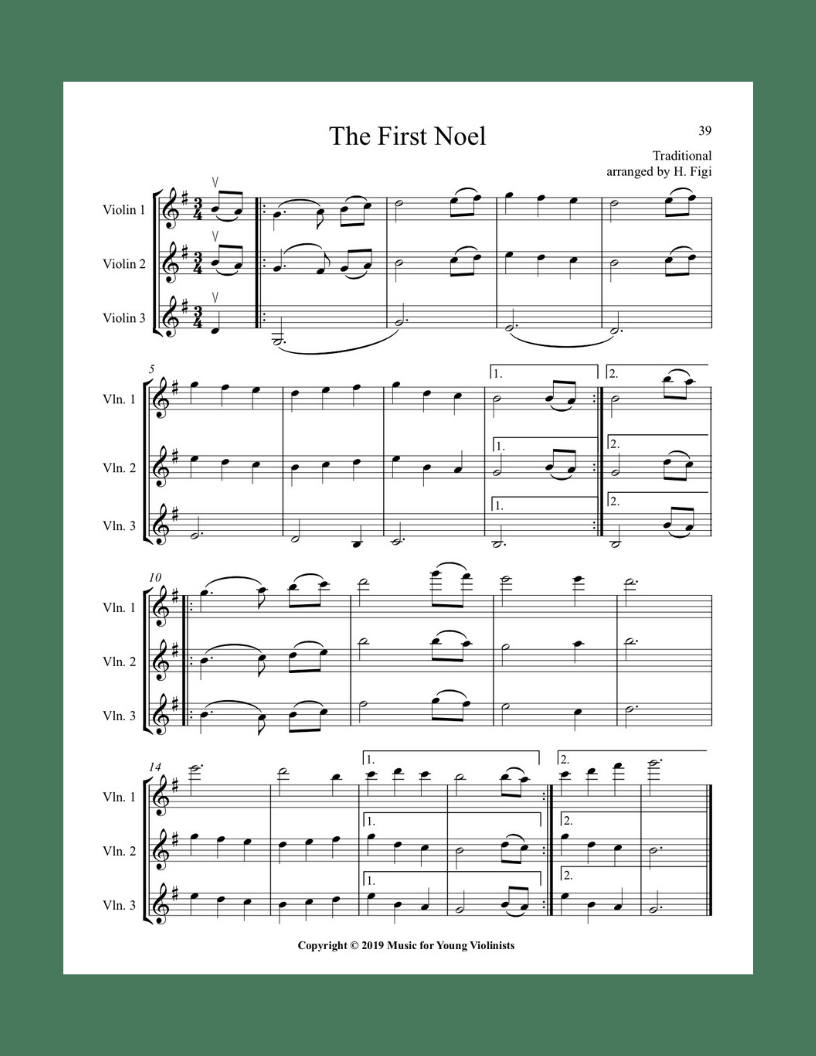
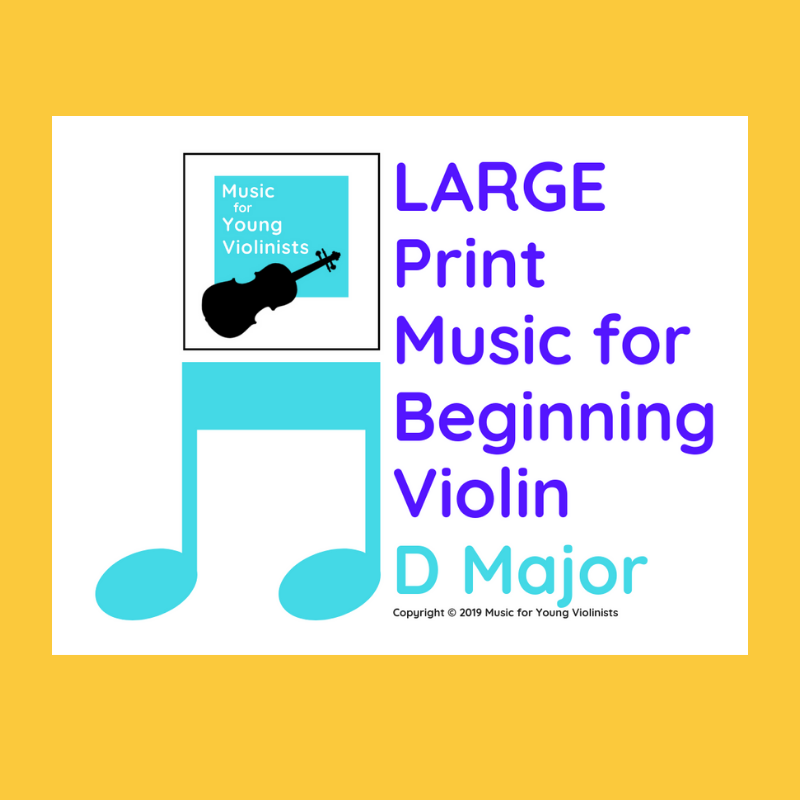
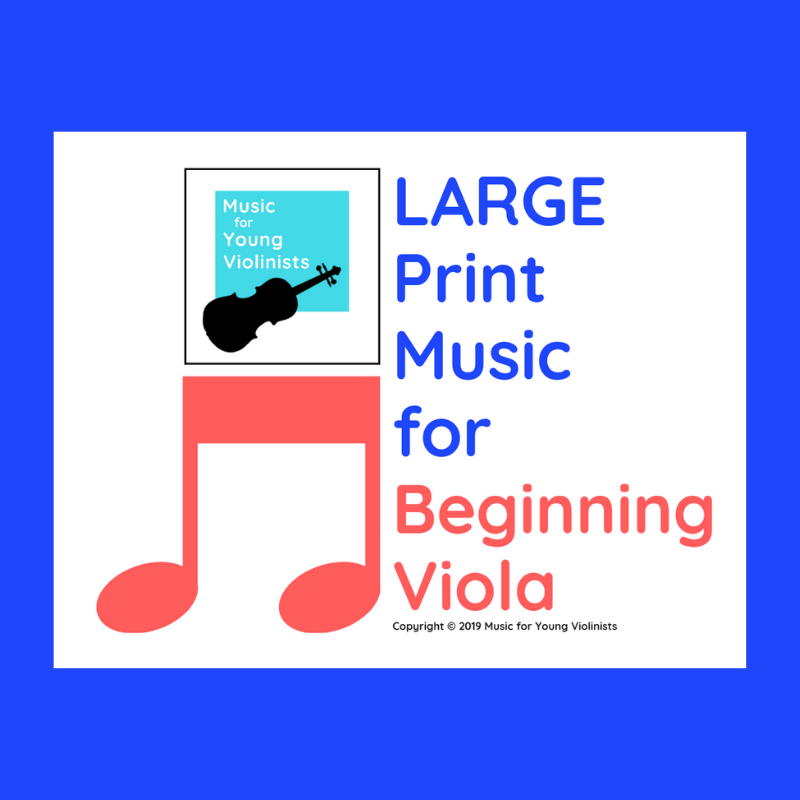
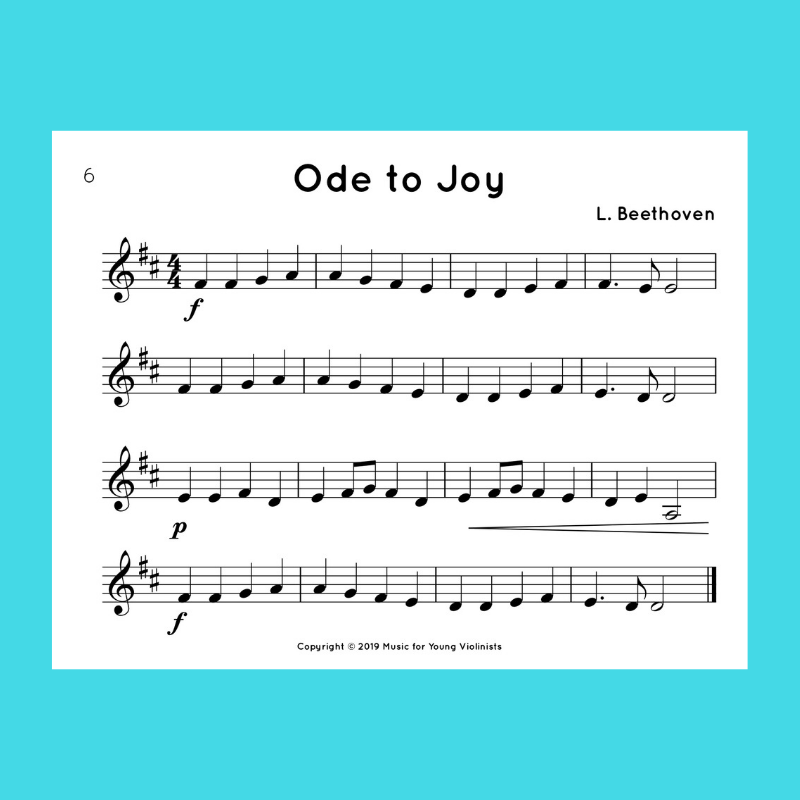
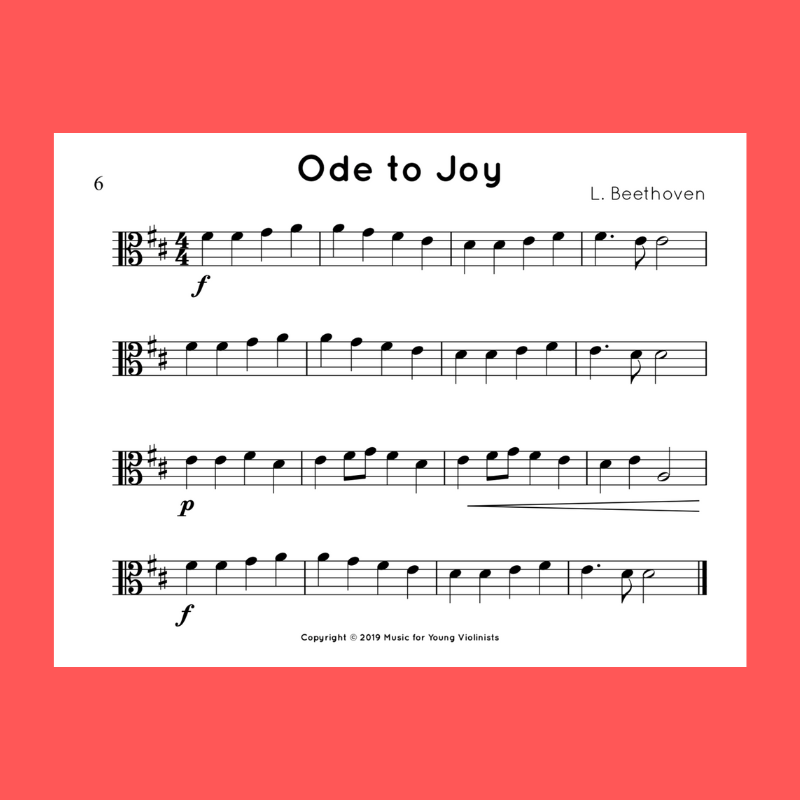
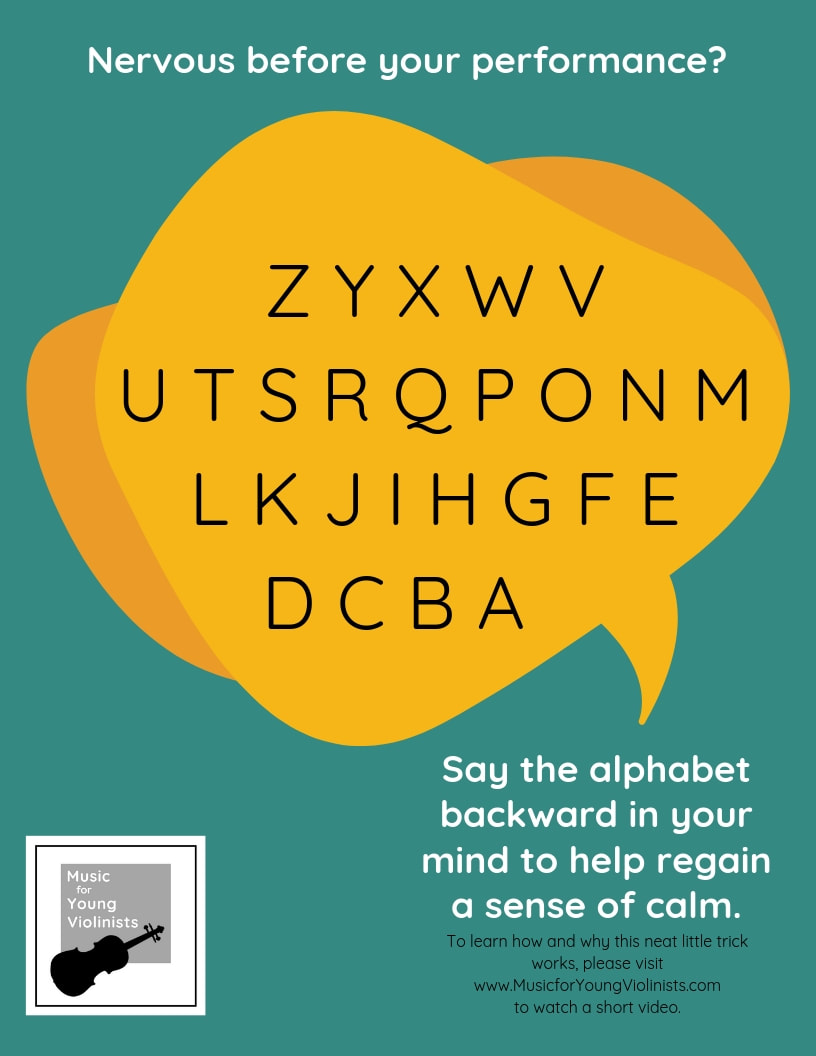
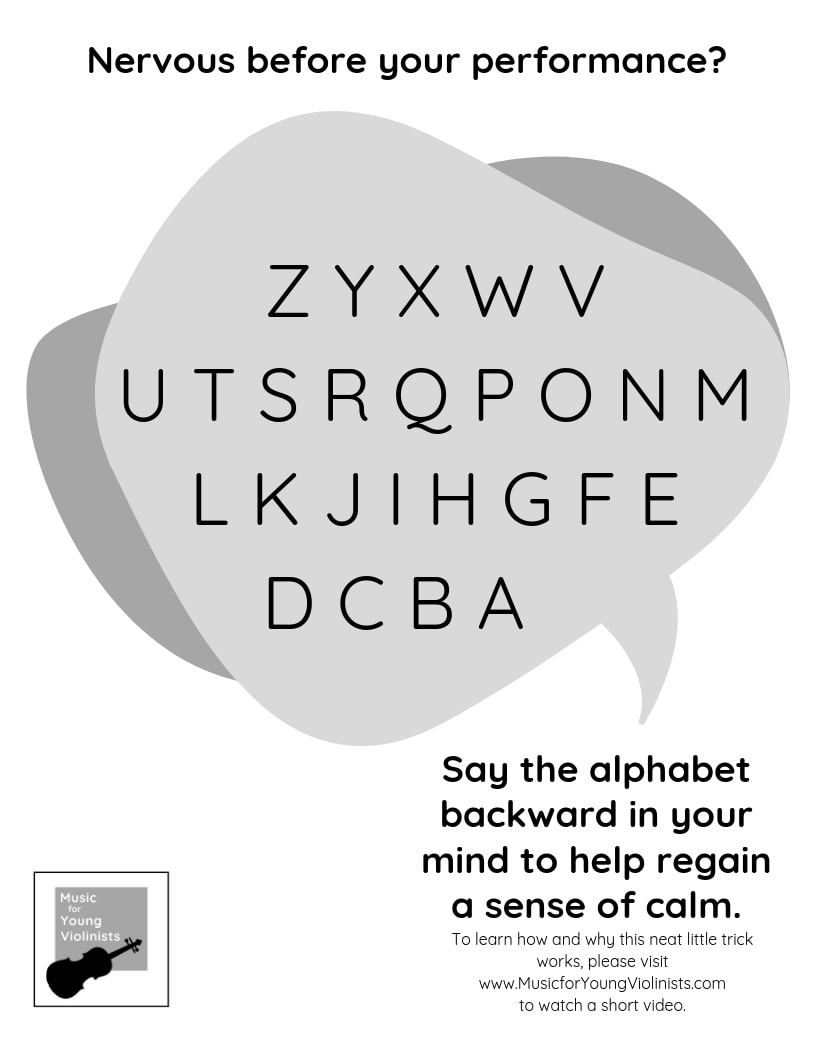
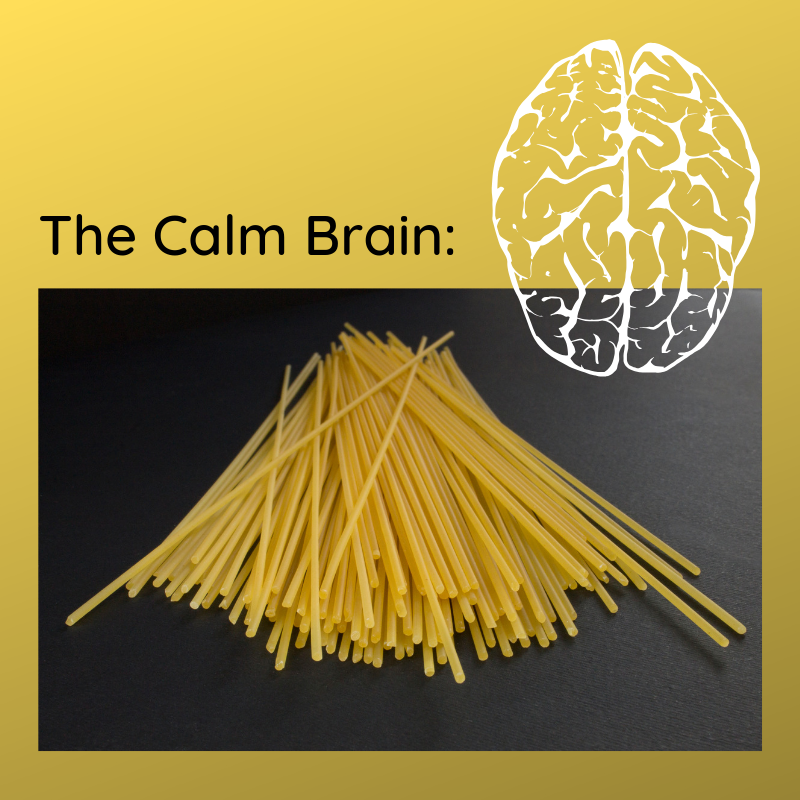
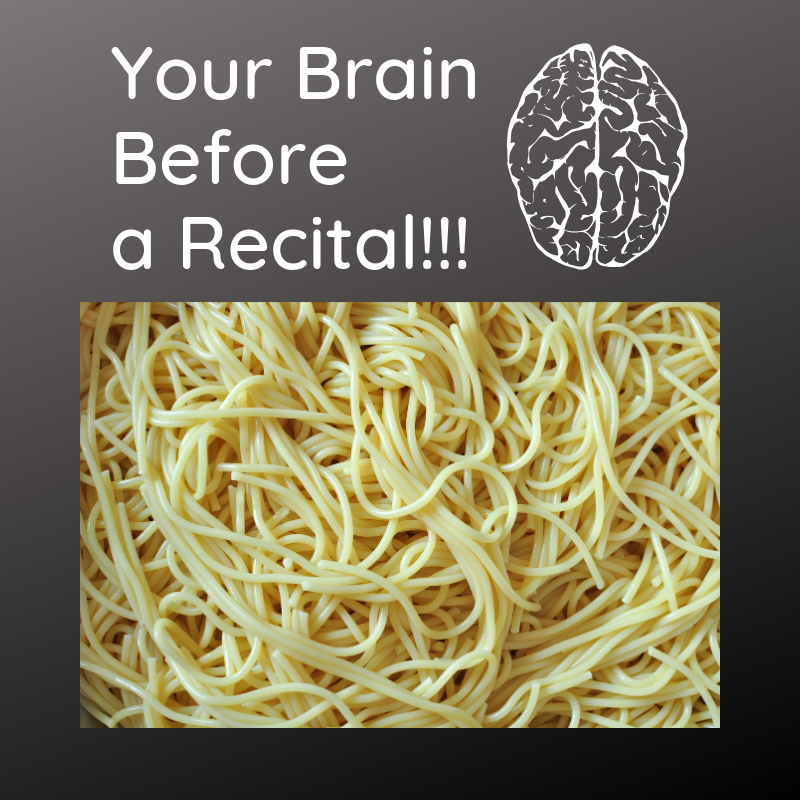

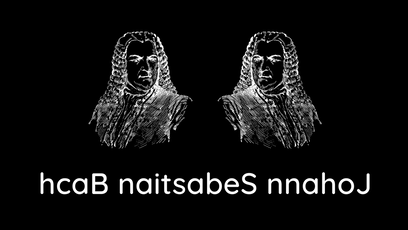
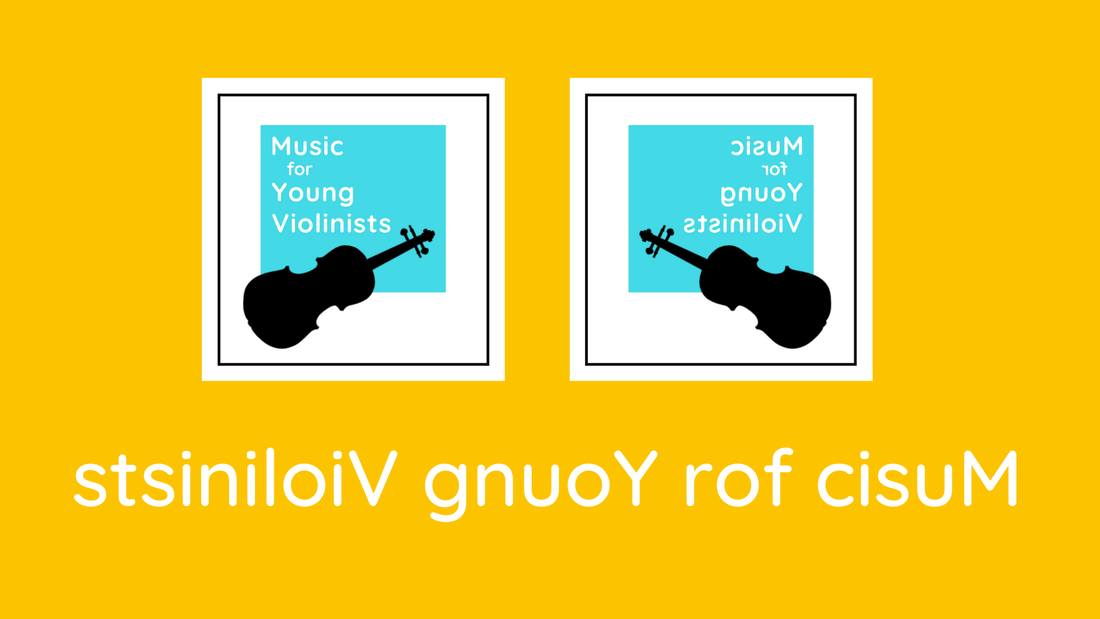
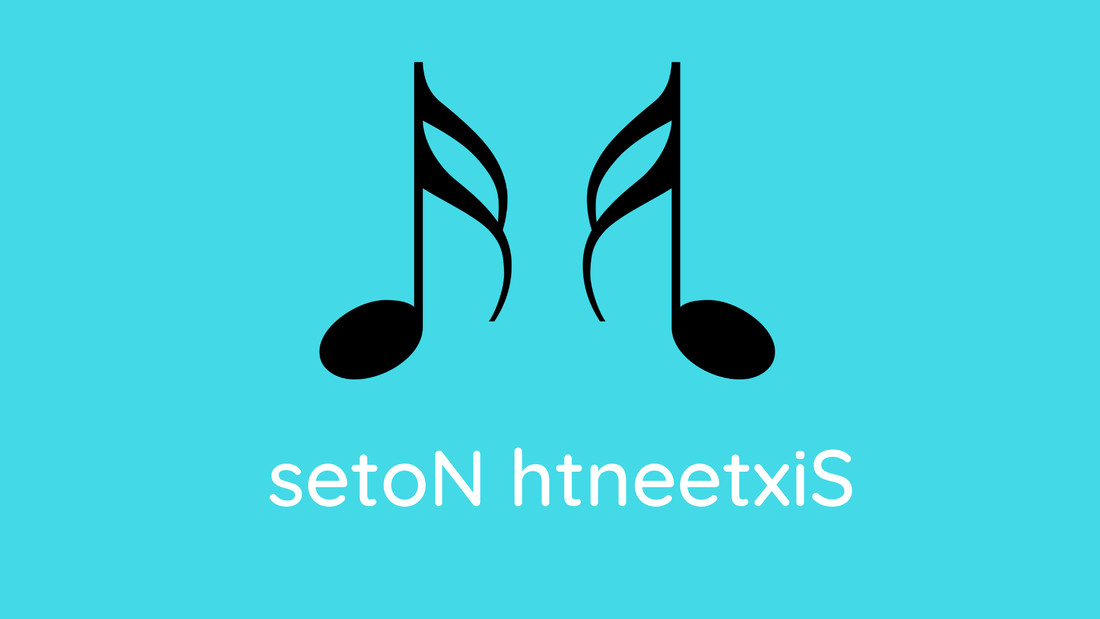
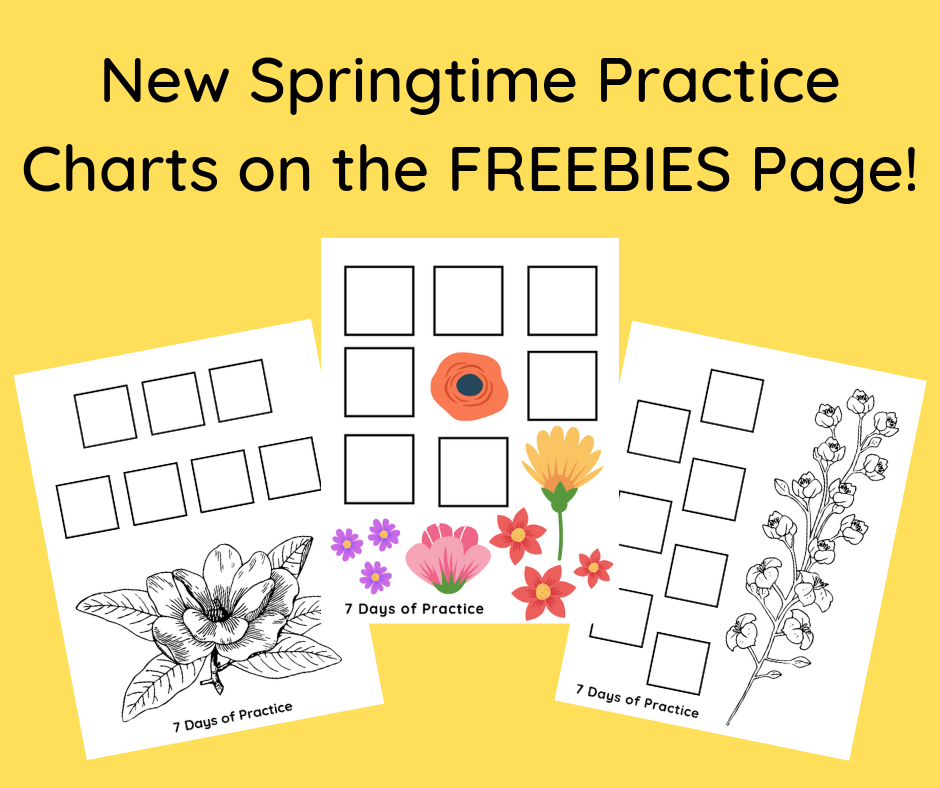
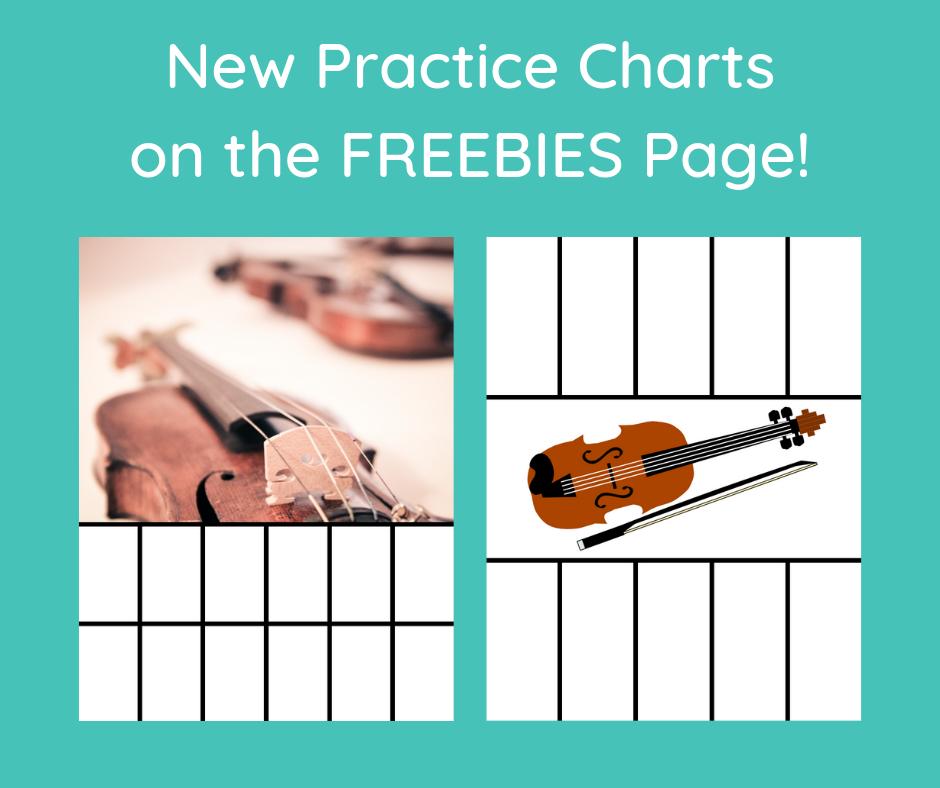
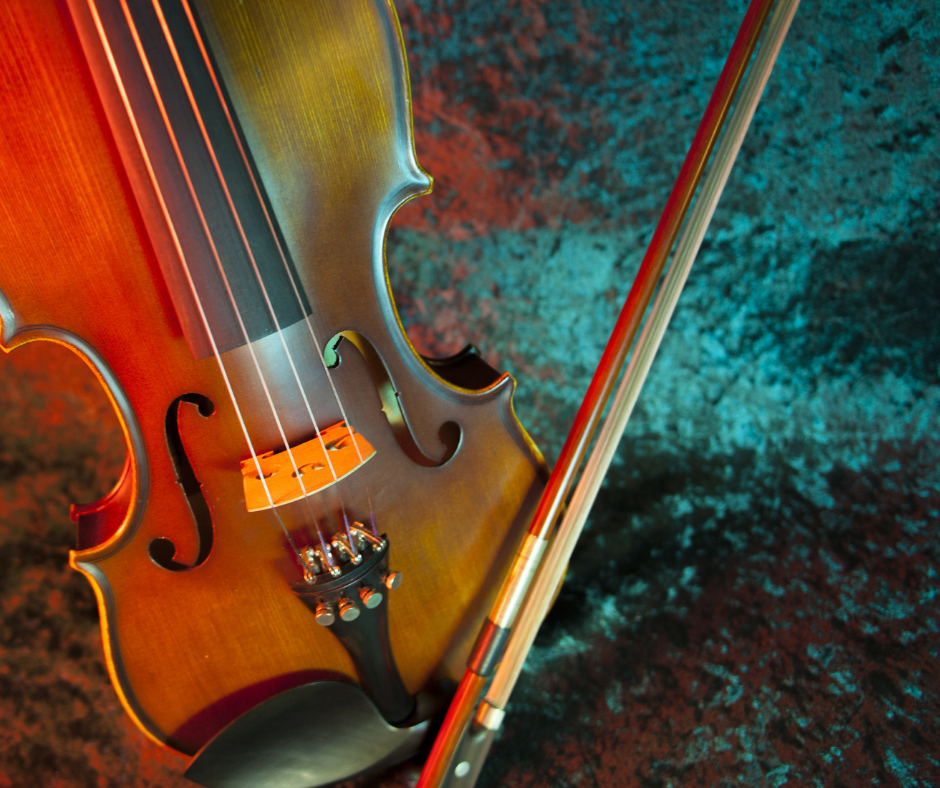
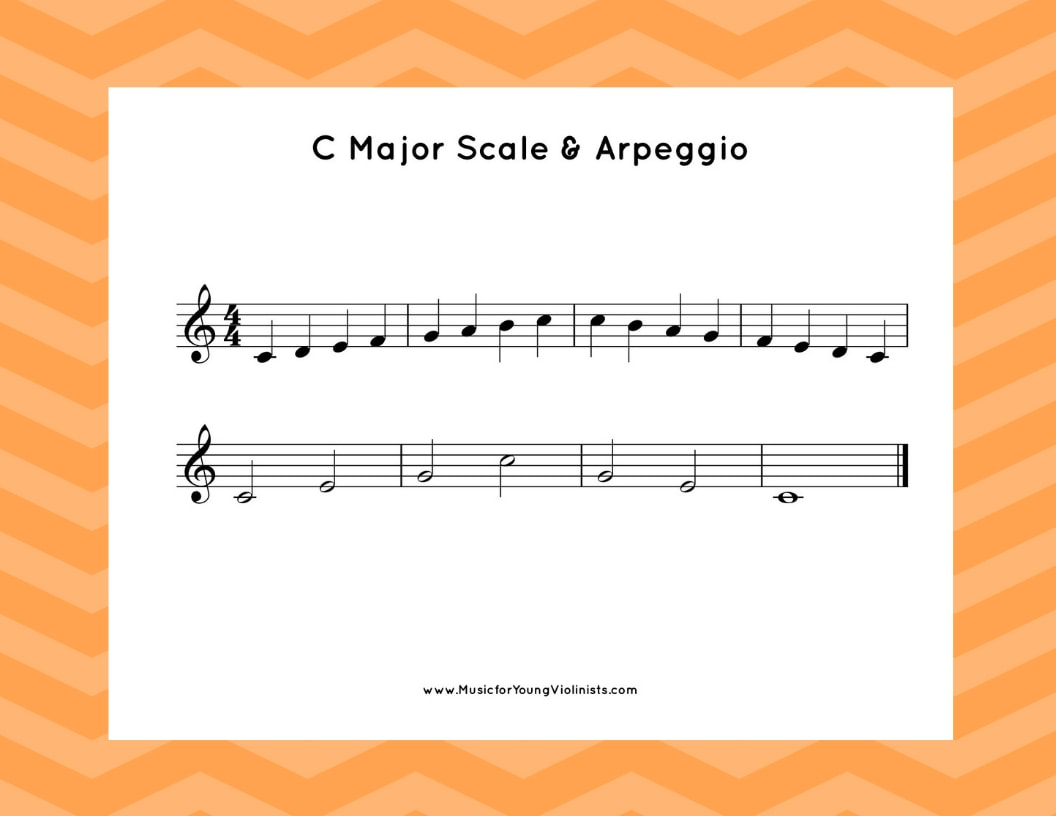
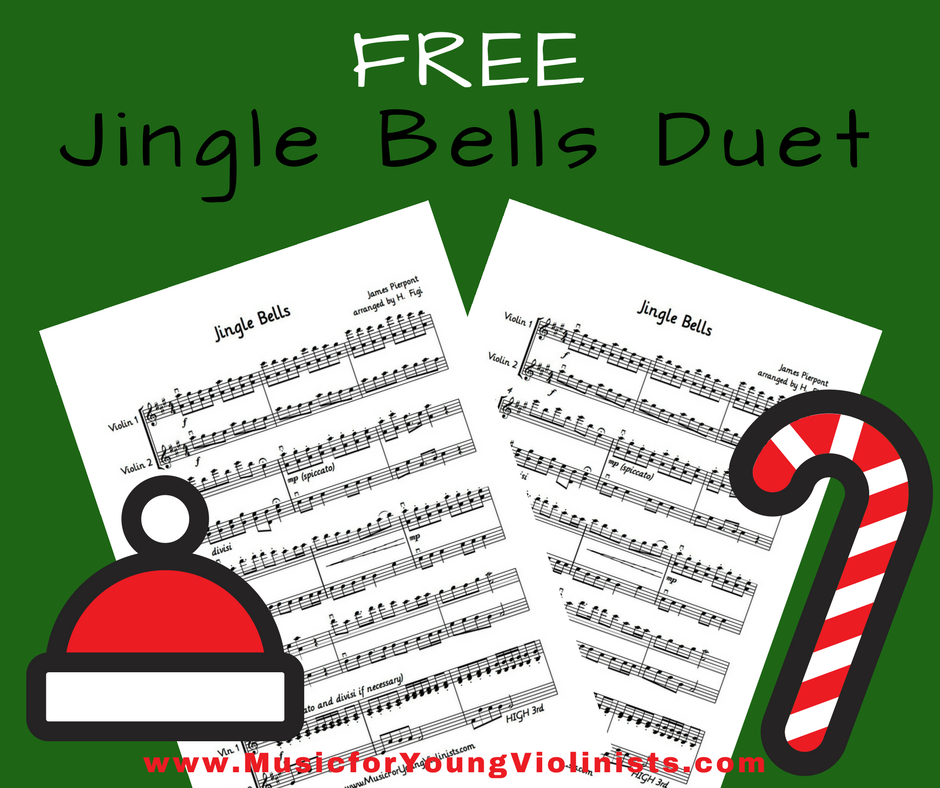
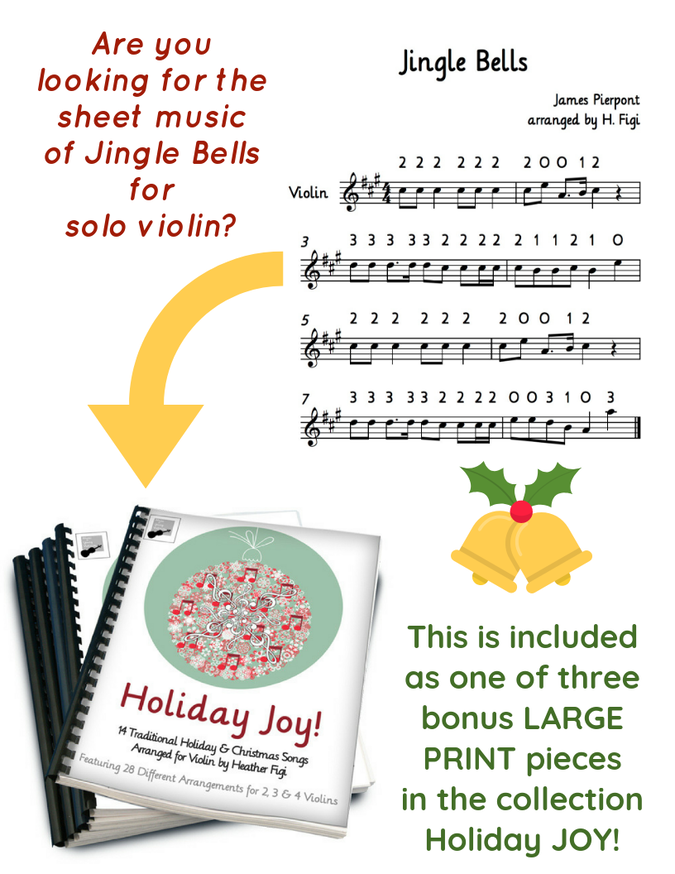
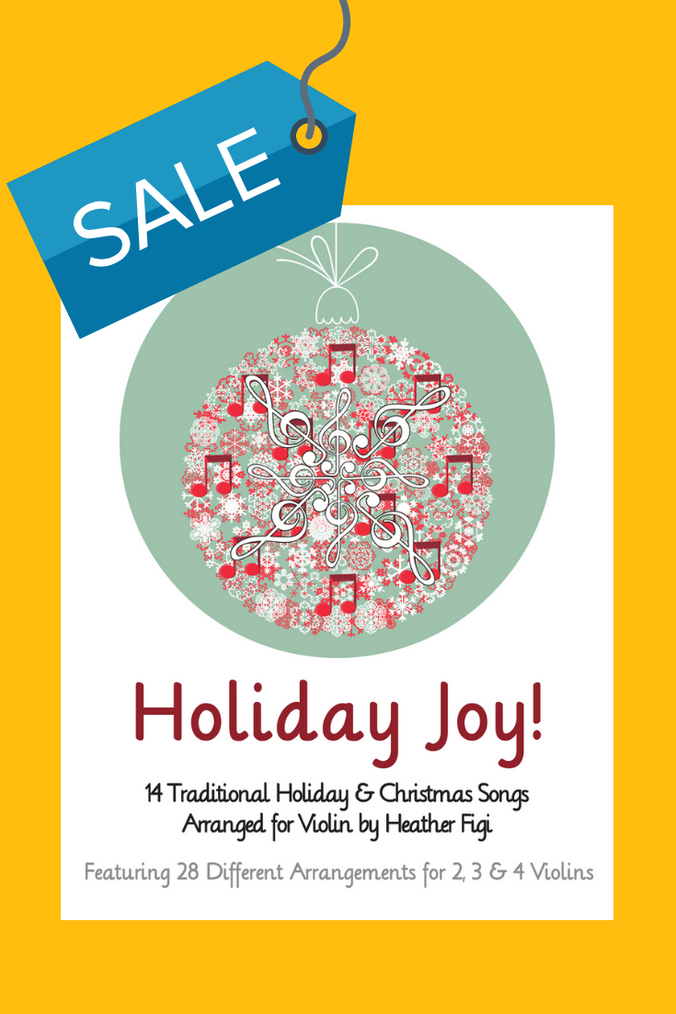
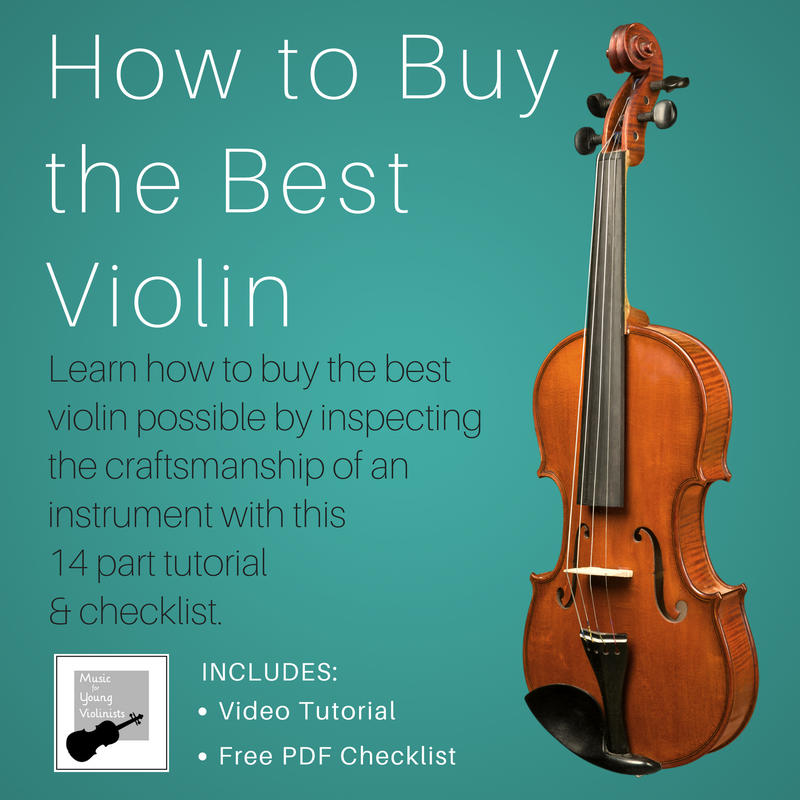
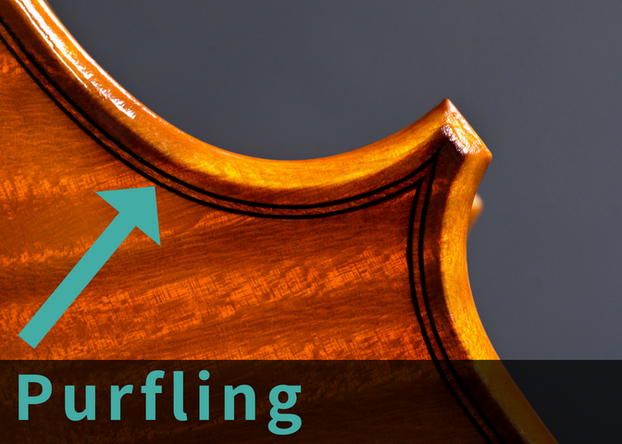
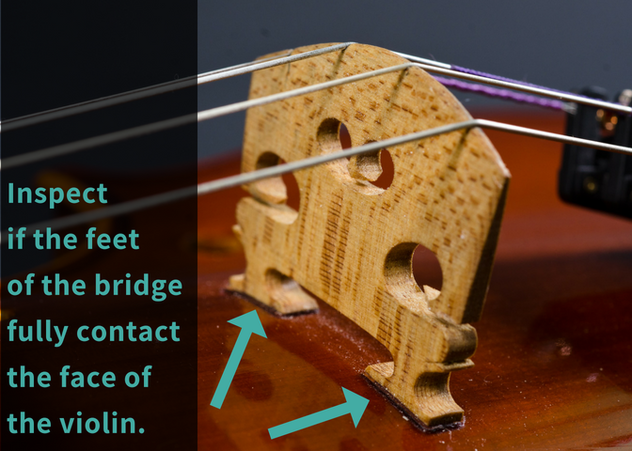
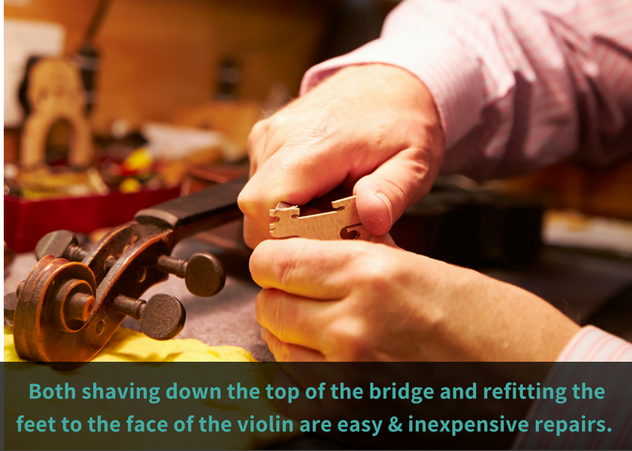
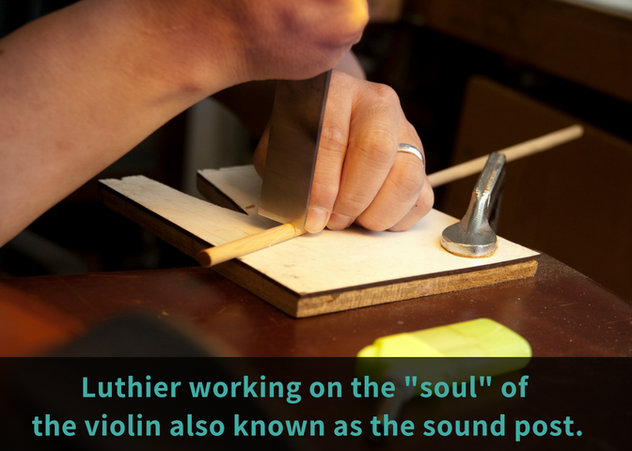
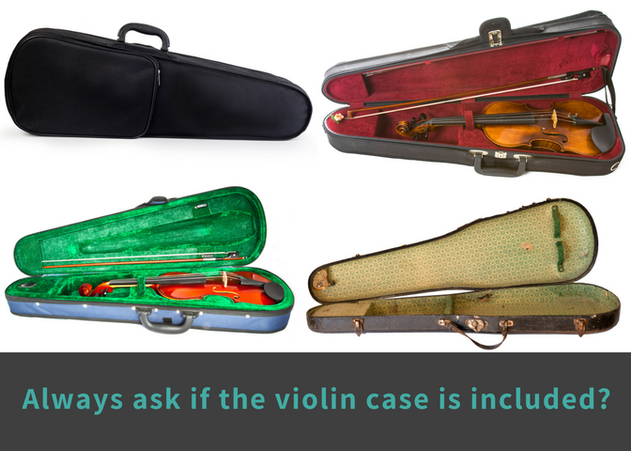
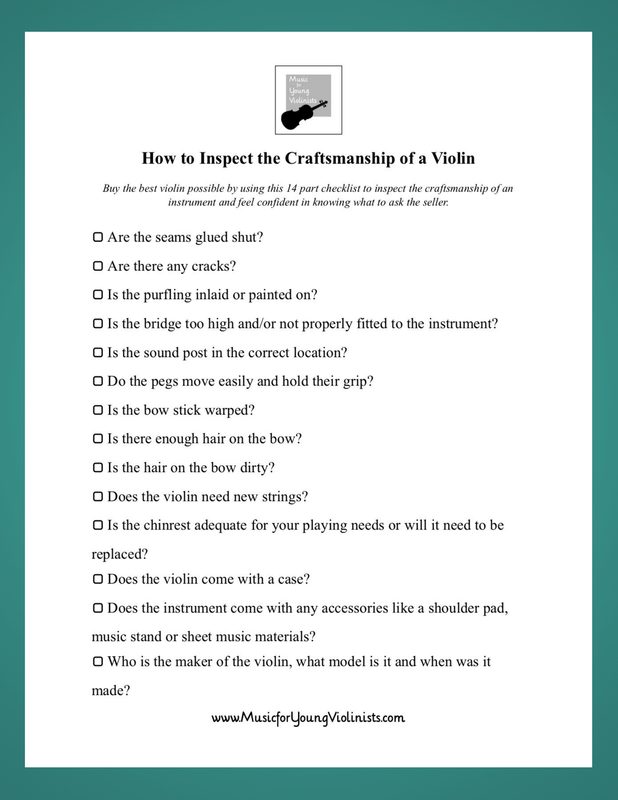
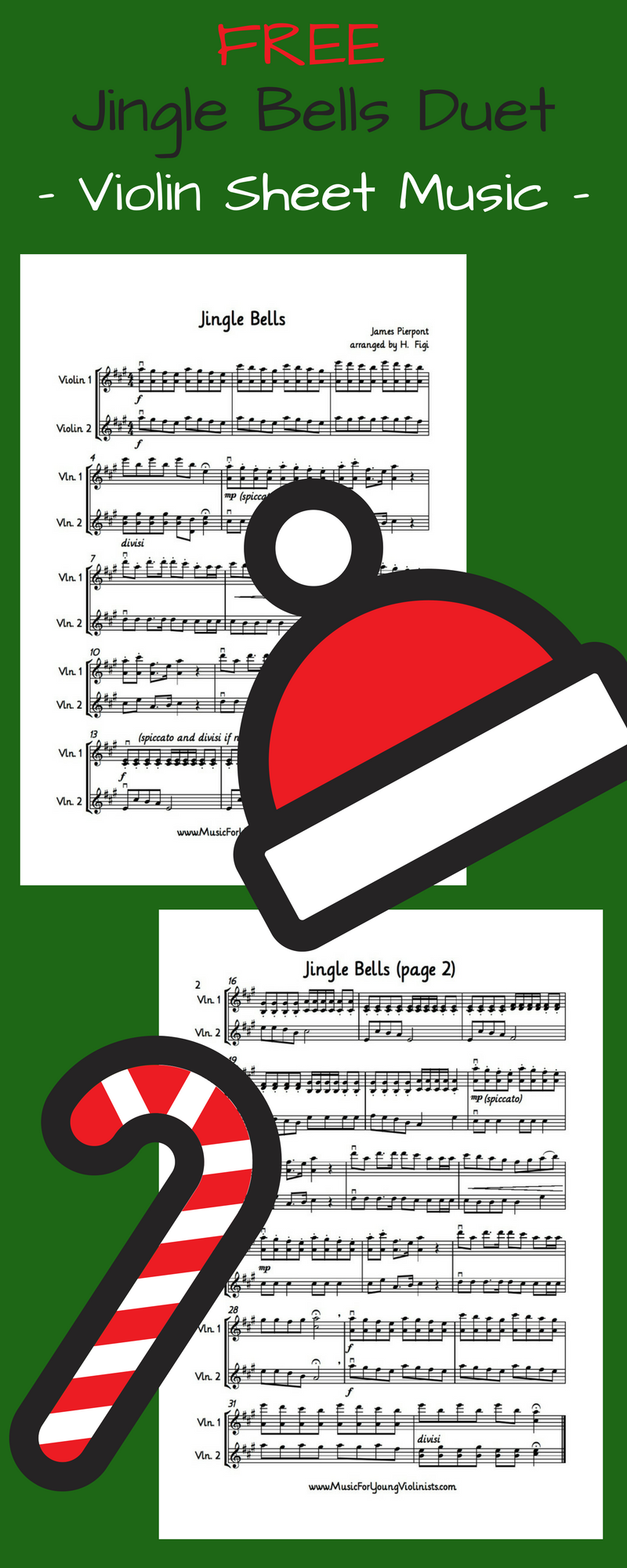
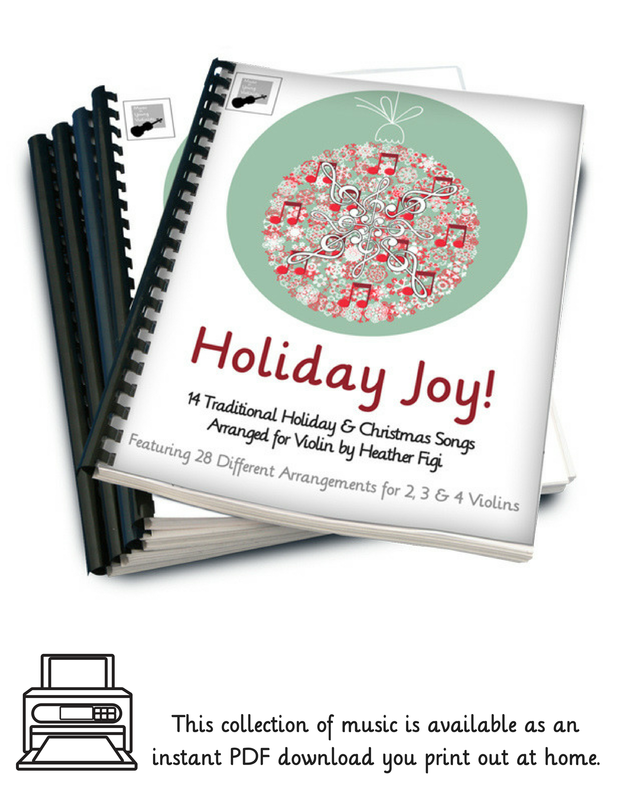
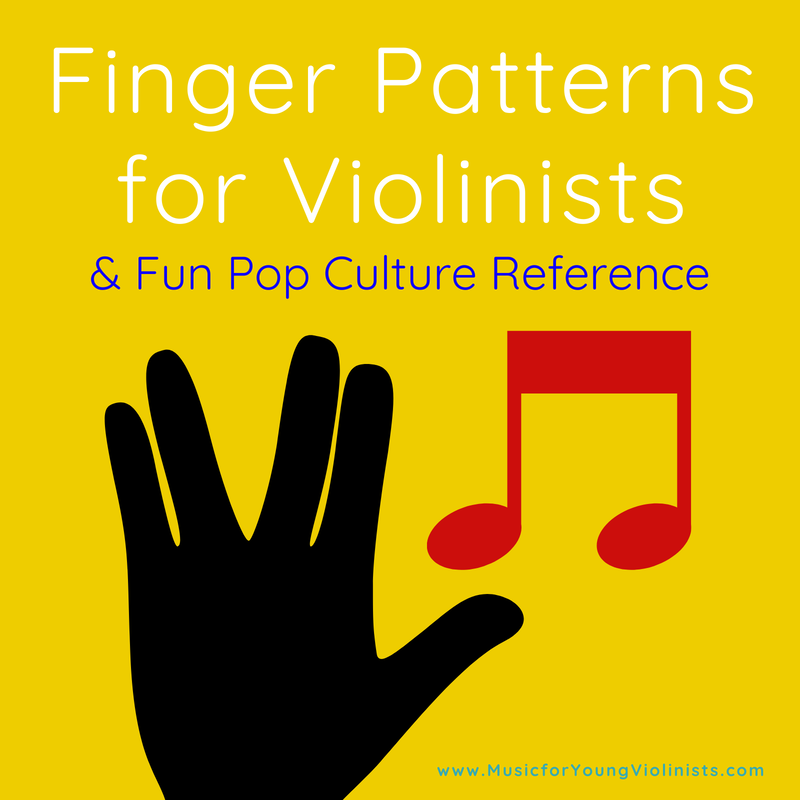
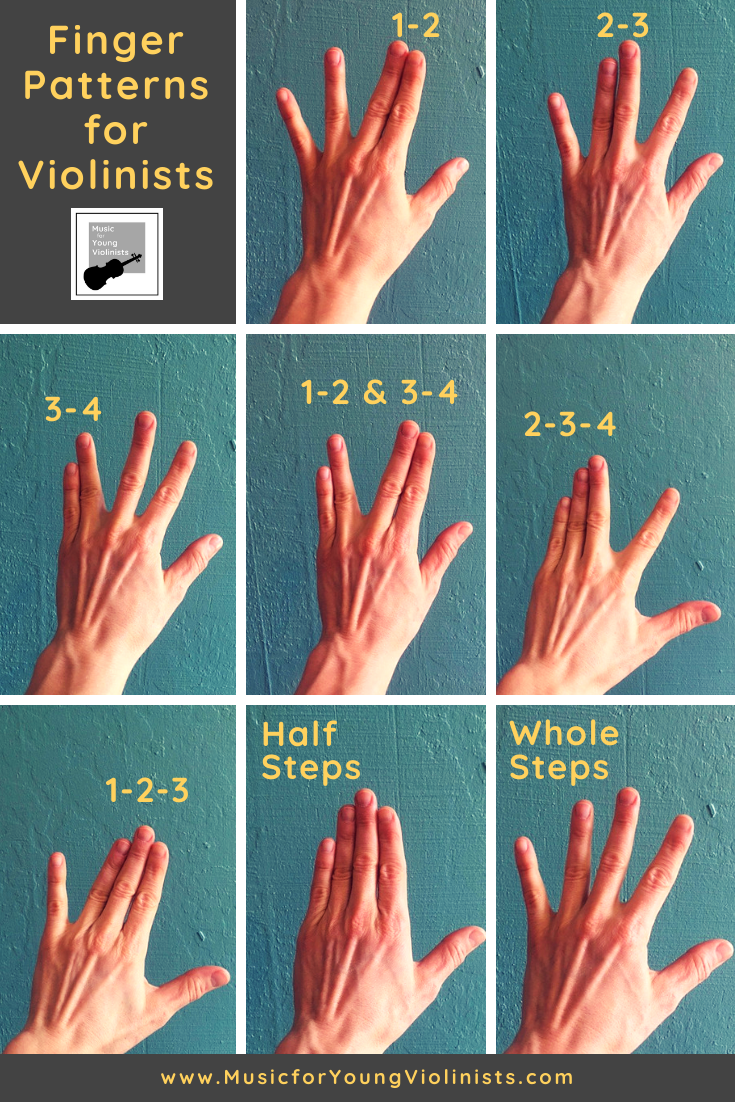
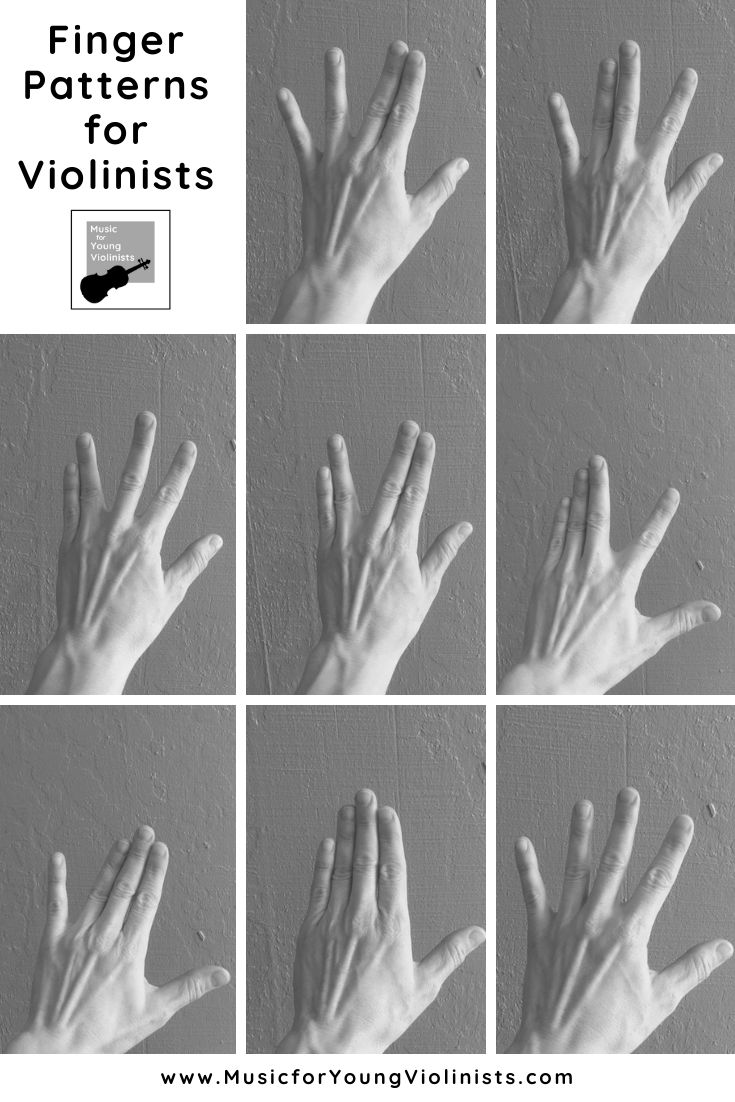
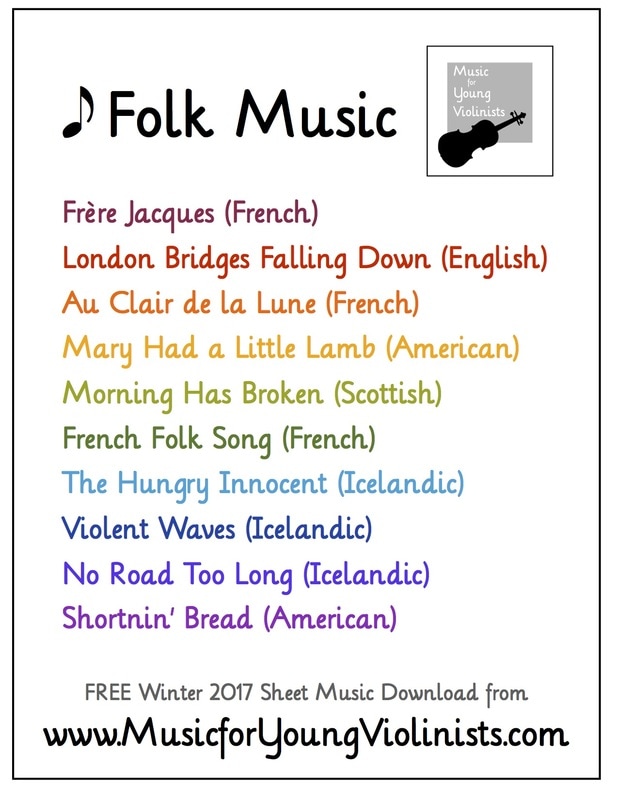
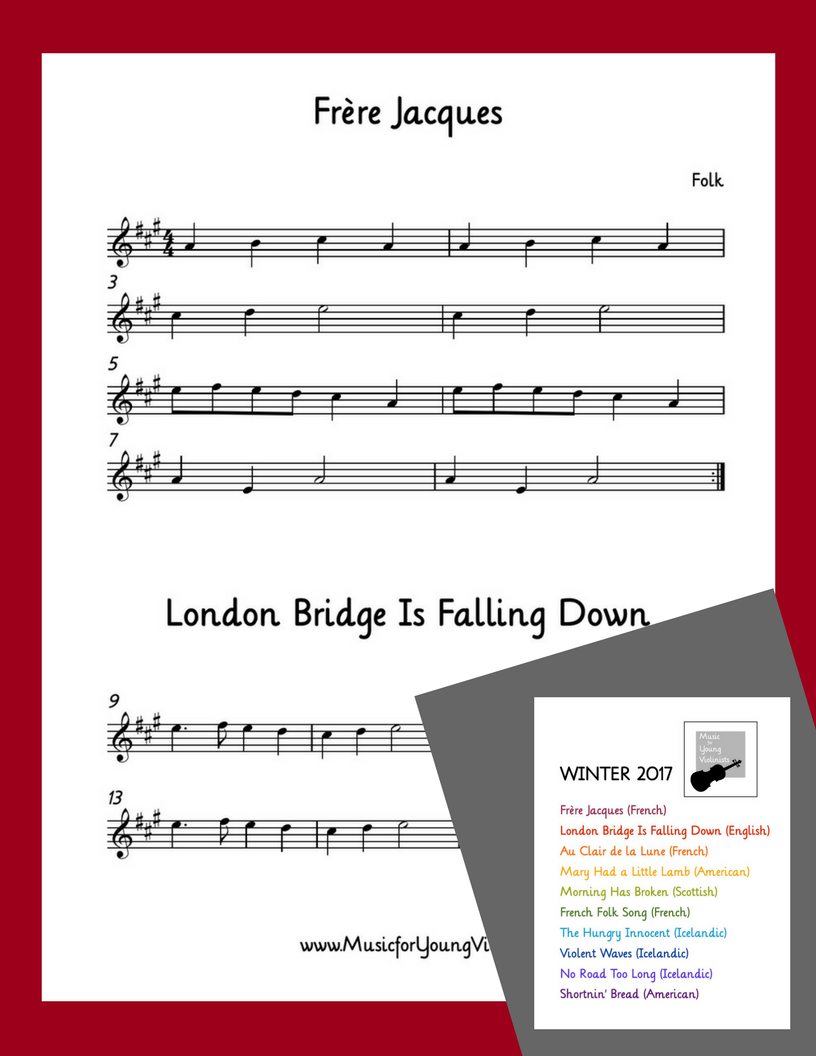
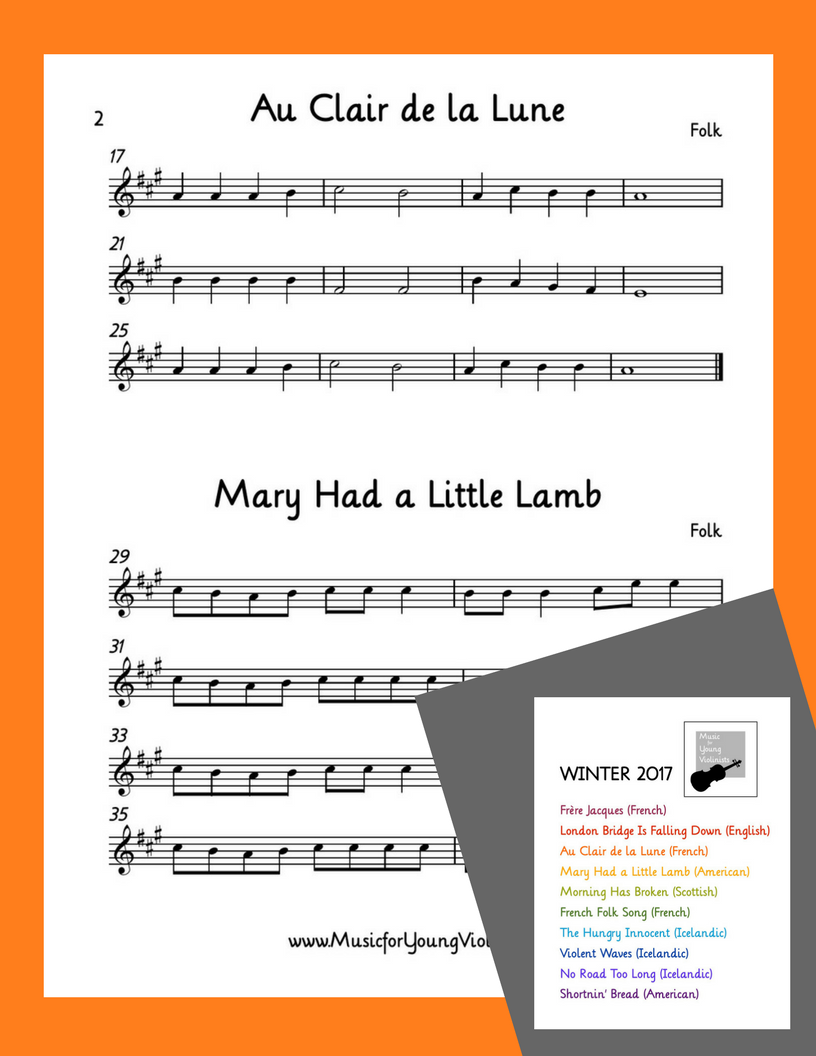
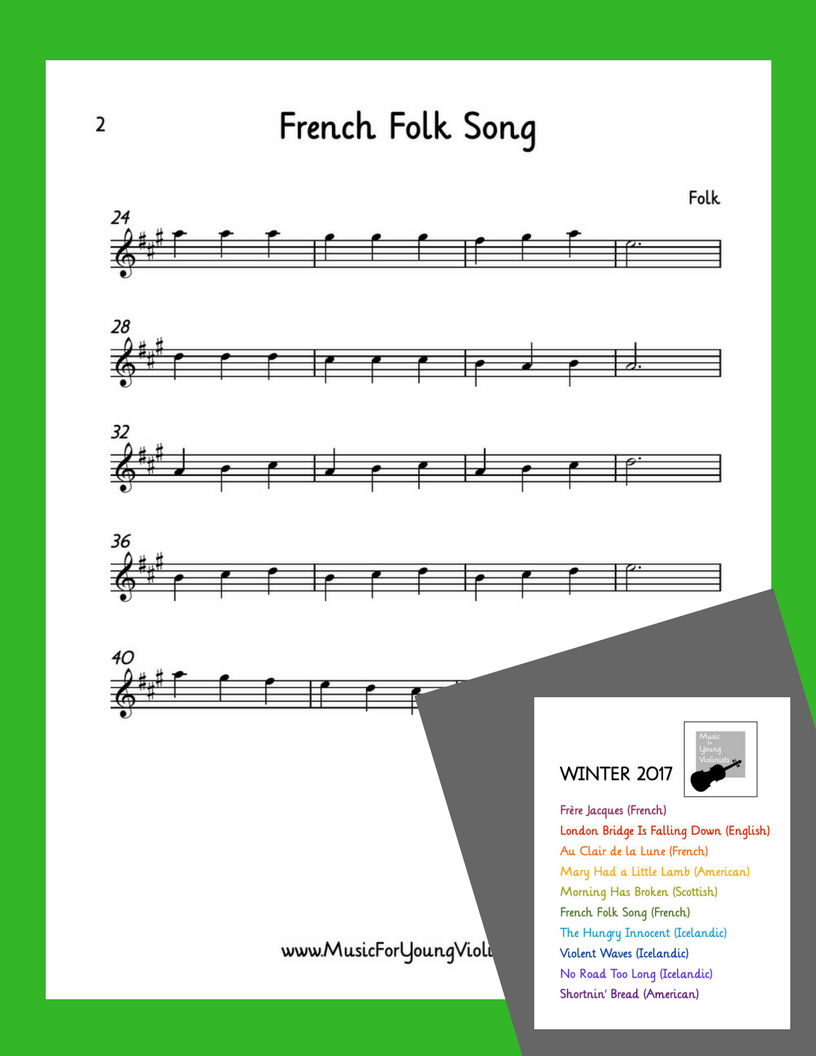
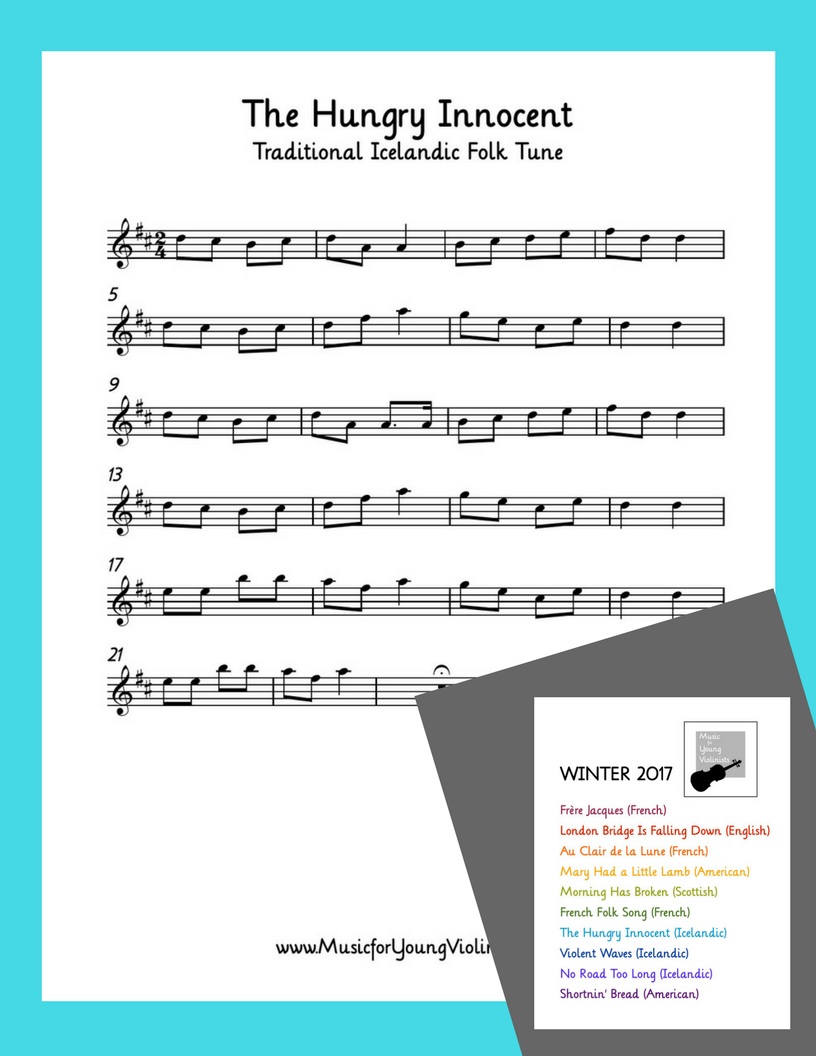
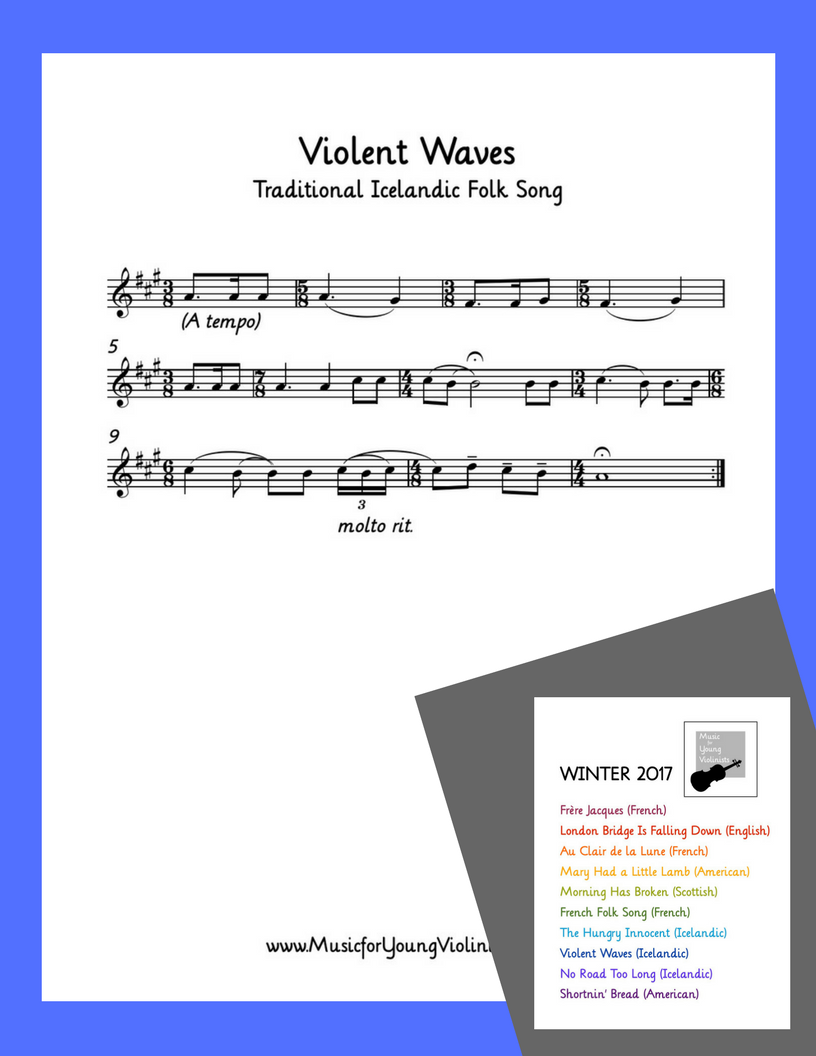
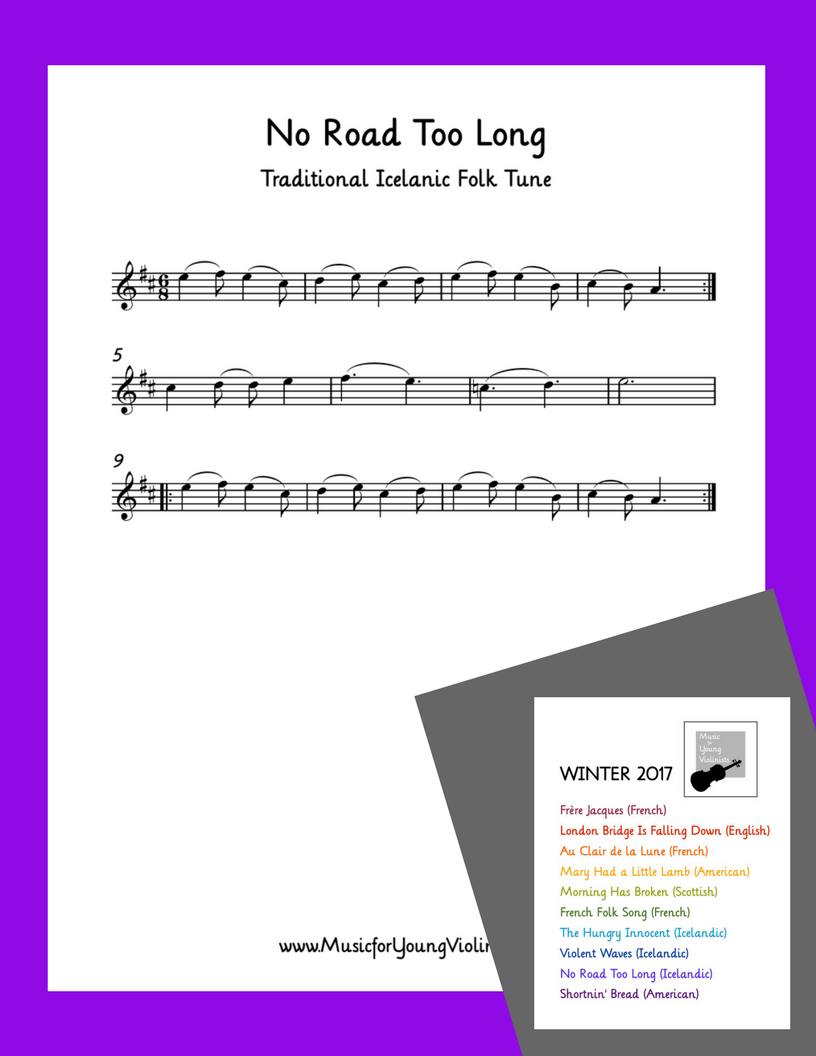
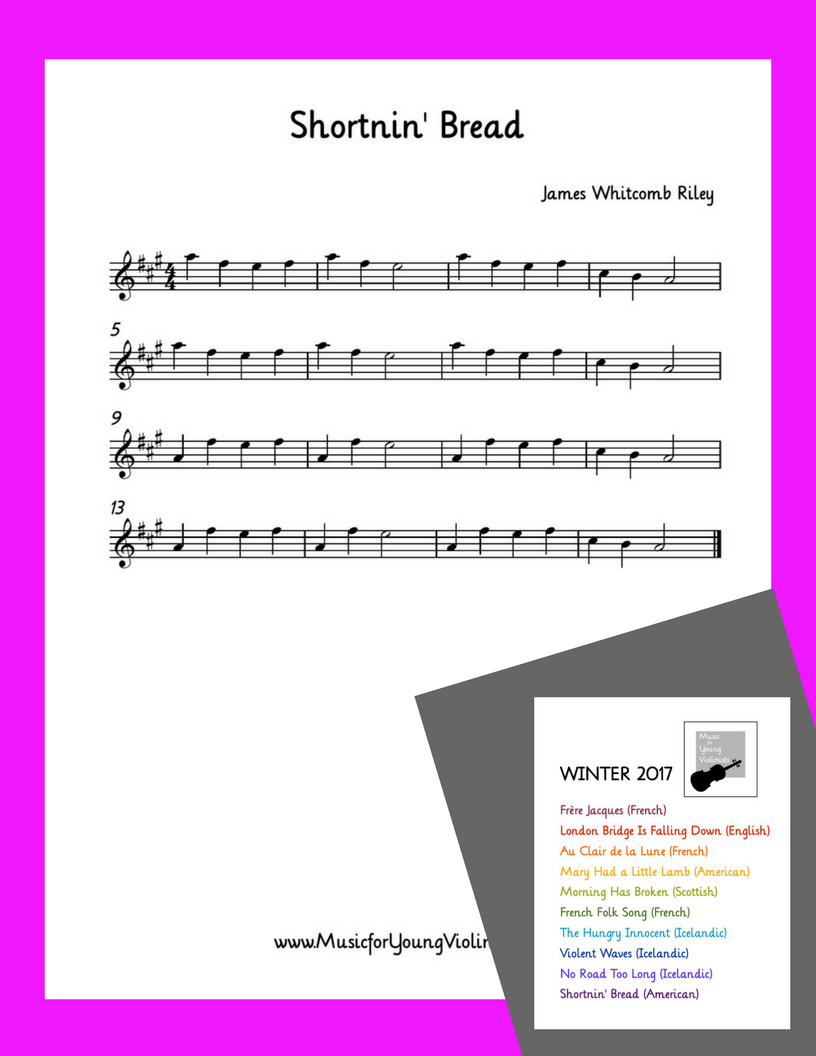
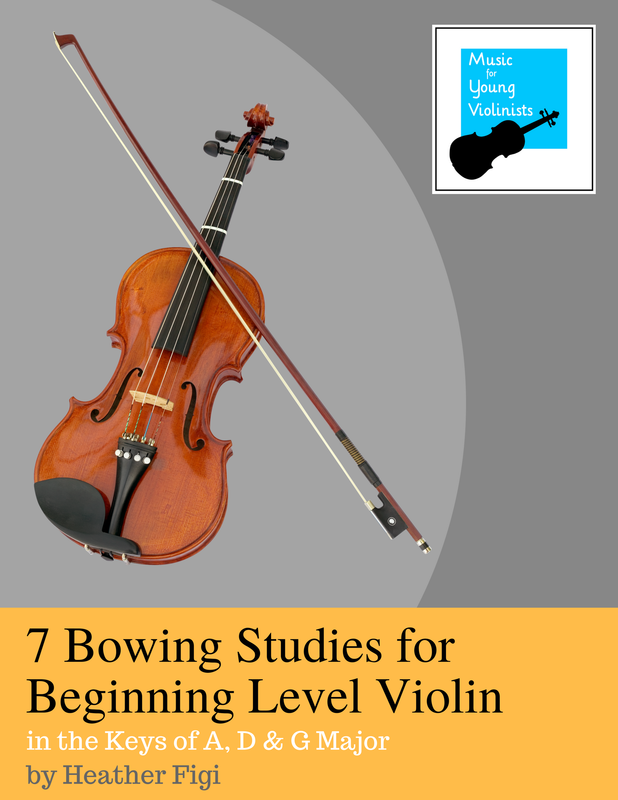
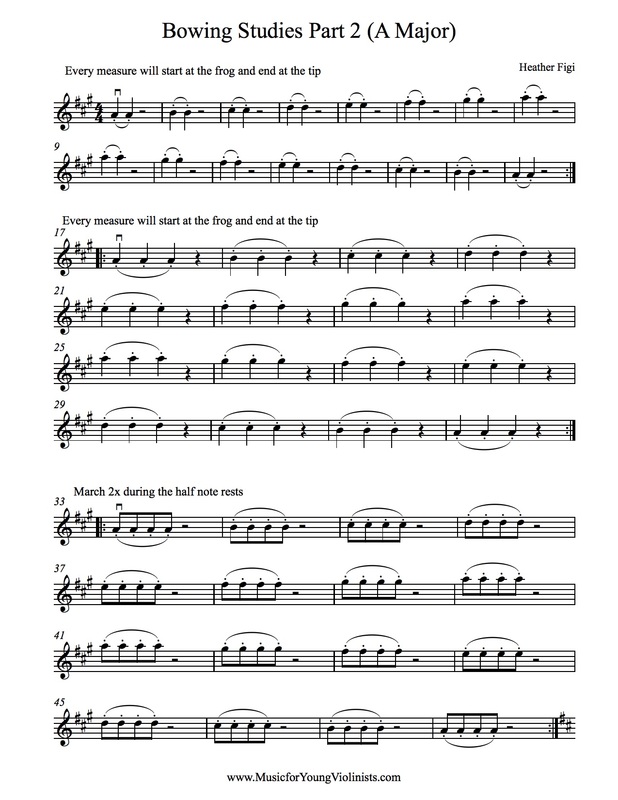
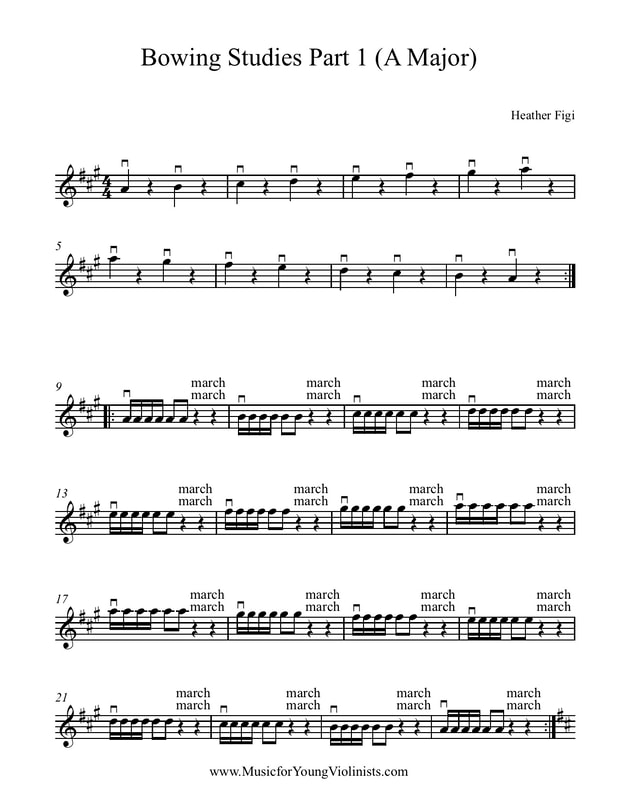
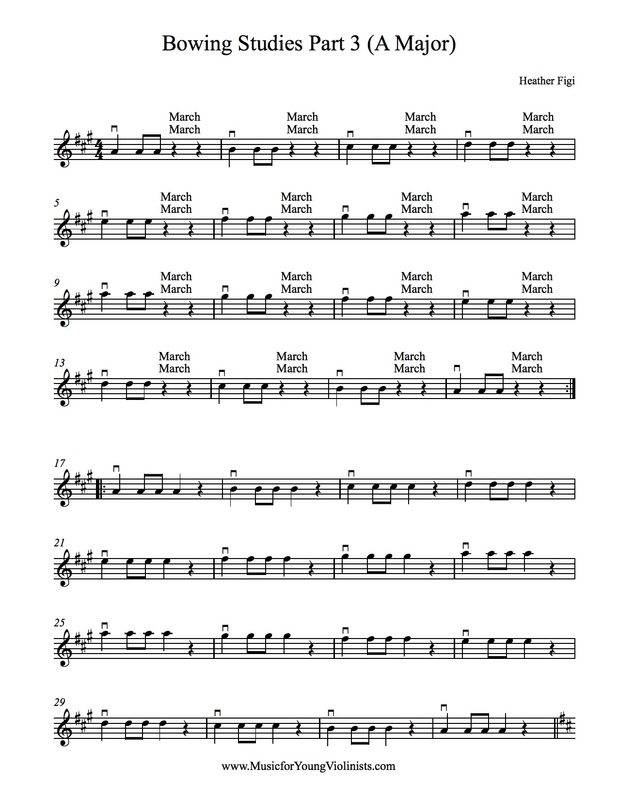
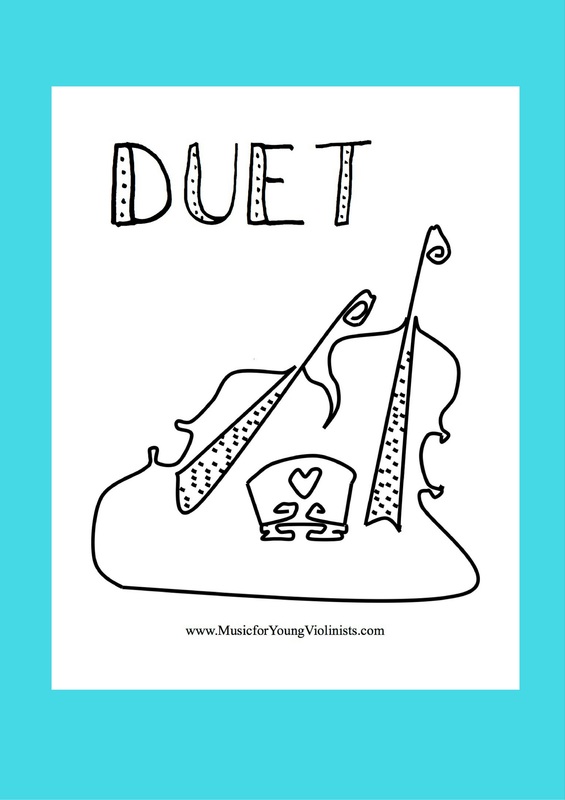
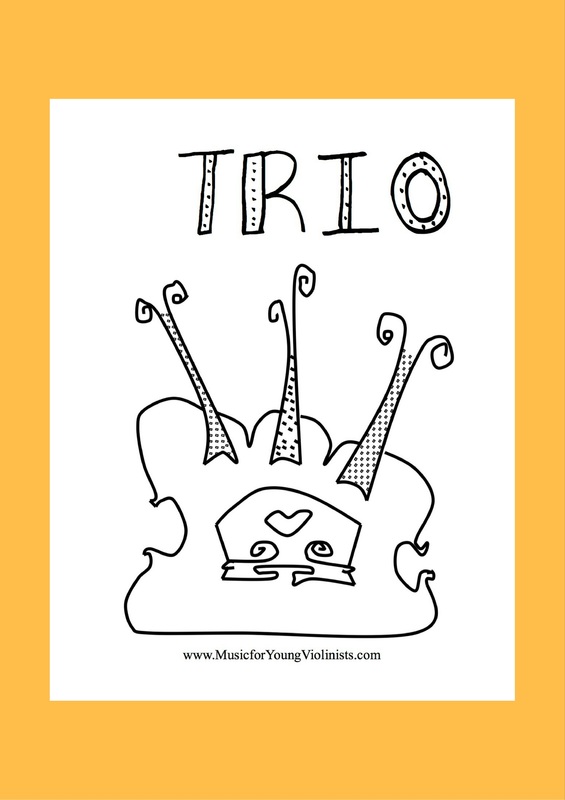
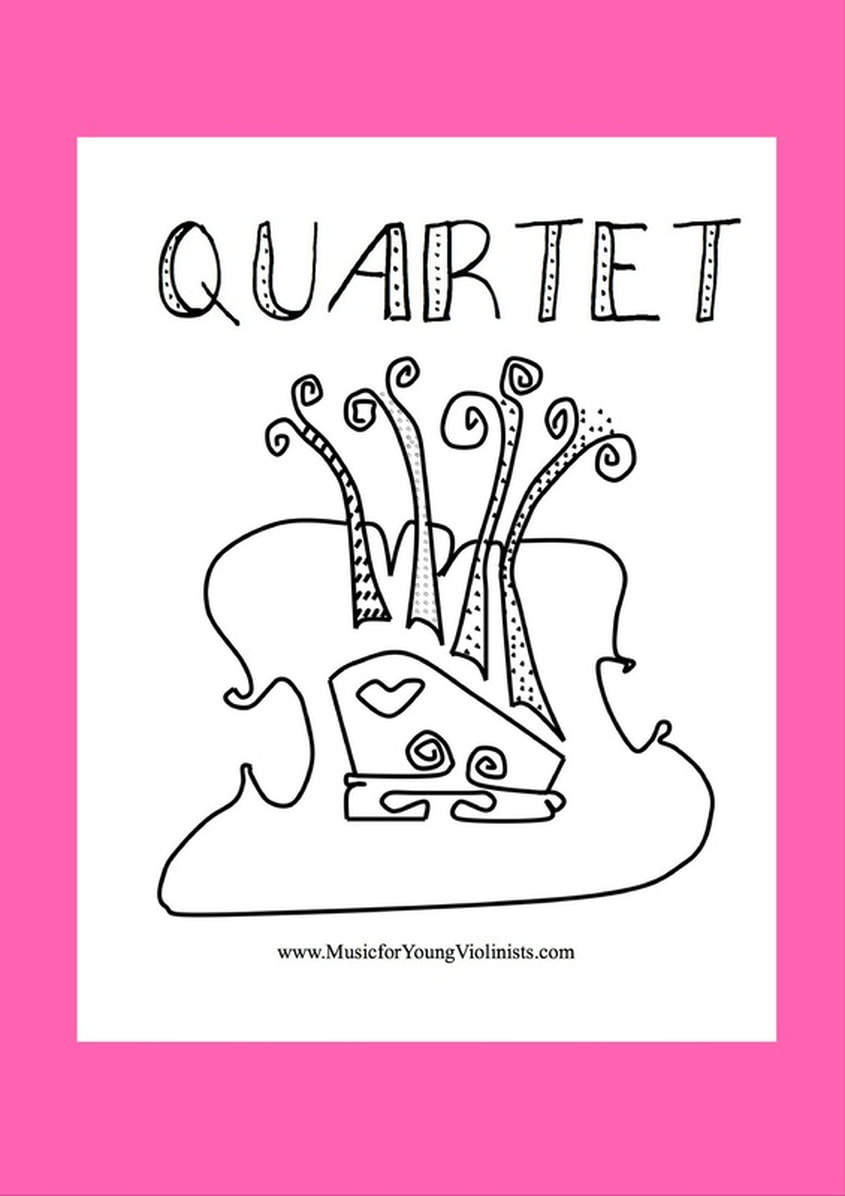
 RSS Feed
RSS Feed
